

Anthony Crawford
1990 Lamborghini Countach review
6 Days Ago
Keen to plug in? Here's what the world's big carmakers have lined up in the all-electric world.

Journalist
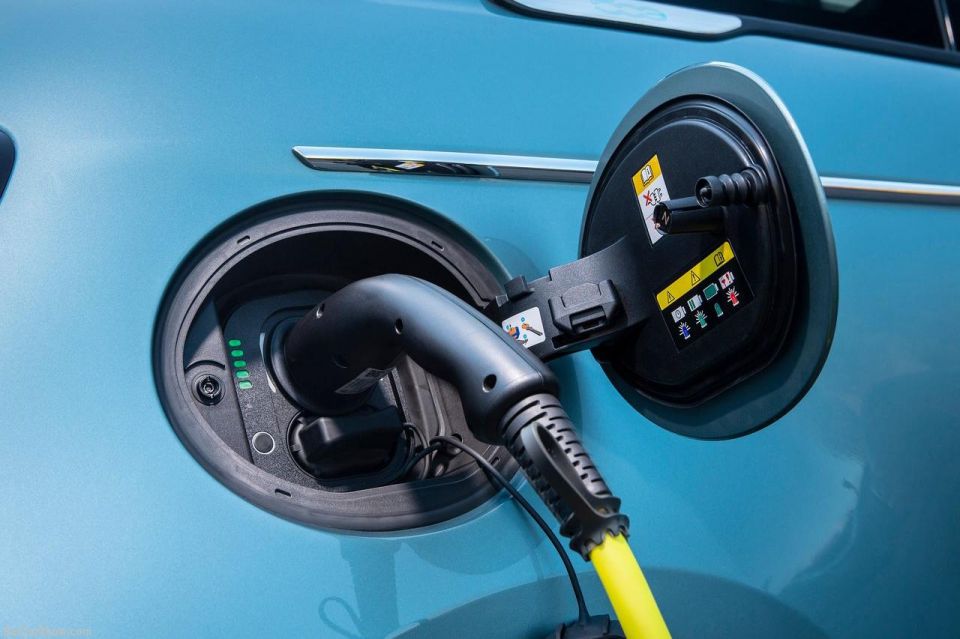

Journalist
Thanks to tightening emissions regulations in Europe and China, as well as the success of Tesla, carmakers have invested billions in new electric models and dedicated electric vehicle (EV) platforms.
For a few years now, the EV iceberg we’ve been sailing towards has been largely hidden from view.
This year, with seemingly a new electric car revealed every week, the scale of the coming change is becoming more apparent.
Here’s a round up of what every global automaker around the world has planned, and publicly announced.
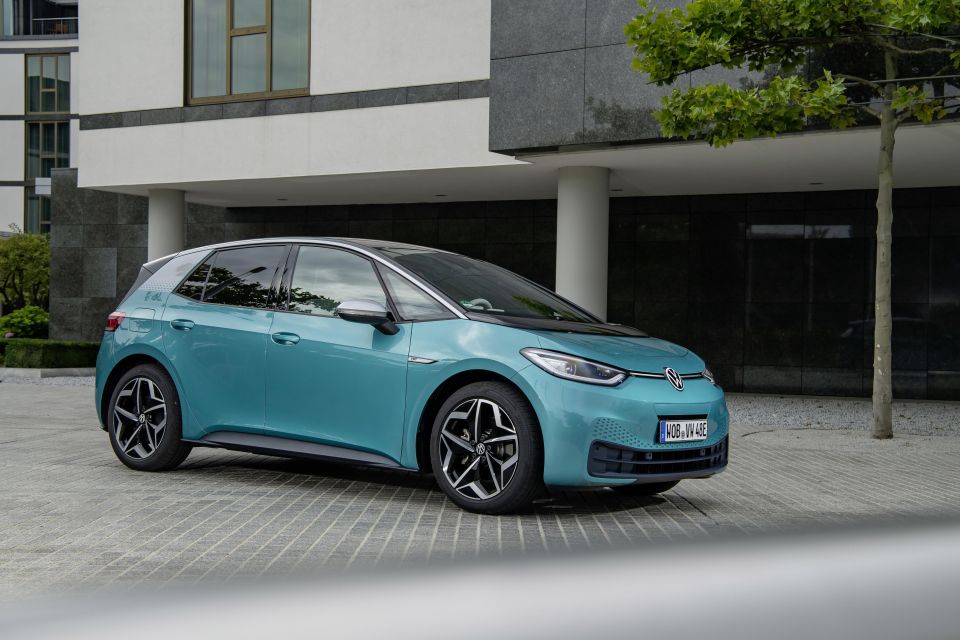
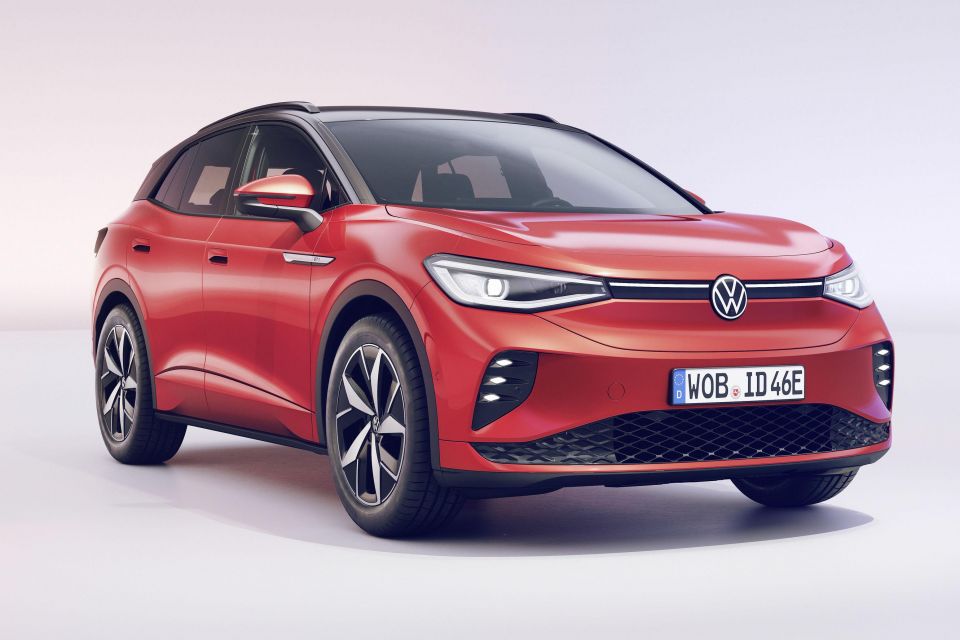
Already in Australia:Porsche Taycan, Audi E-Tron Confirmed for Australia: Audi E-Tron GT; Volkswagen ID.3, ID.4 Available overseas: Skoda Enyaq iV; Volkswagen ID.6 Confirmed for production: Audi A6 E-Tron, Q4 E-Tron, Q6 E-Tron; Cupra Born; Porsche Macan; Volkswagen ID.Buzz
Spurred by Dieselgate, as well as tightening European emissions regulations, the German giant has gone from pushing diesel to betting big on electric vehicles.
Electric cars are planned for virtually all price points, and practically all the company’s brands.
Volkswagen, Skoda, Seat, Cupra and the low end of the Audi range will all employ the new MEB architecture.
MEB will underpin 27 models across the mainstream brands by the end of 2022.
So far Volkswagen has launched the Golf-sized ID.3 hatch, the Volkswagen ID.4 and ID.6, and the Skoda Enyaq iV crossovers.
These will soon be joined in production by the Cupra Born hatch and Audi Q4 E-Tron.
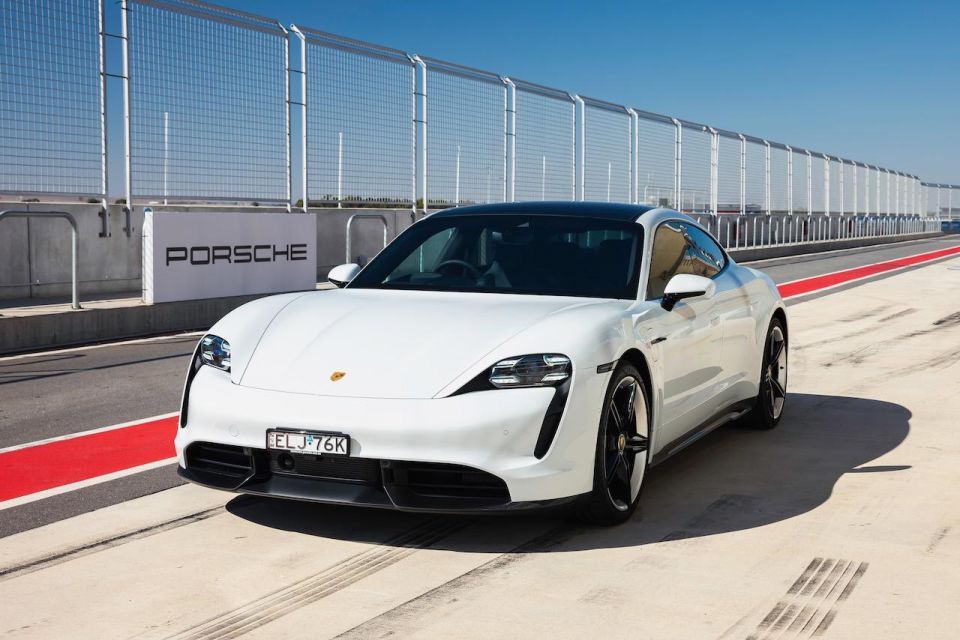

Further up the food chain, Audi and Porsche have already launched their challengers to the Tesla Model S with, respectively, the E-Tron GT and Taycan.
The two brands are also working on an upscale architecture named Premium Platform Electric (PPE), which will incorporate fast charging up to 350kW, torque vectoring, and other features luxury buyers expect.
The first PPE vehicles, the Porsche Macan and Audi Q6 E-Tron, will debut in 2022. This will be shortly thereafter by the Audi A6 E-Tron.
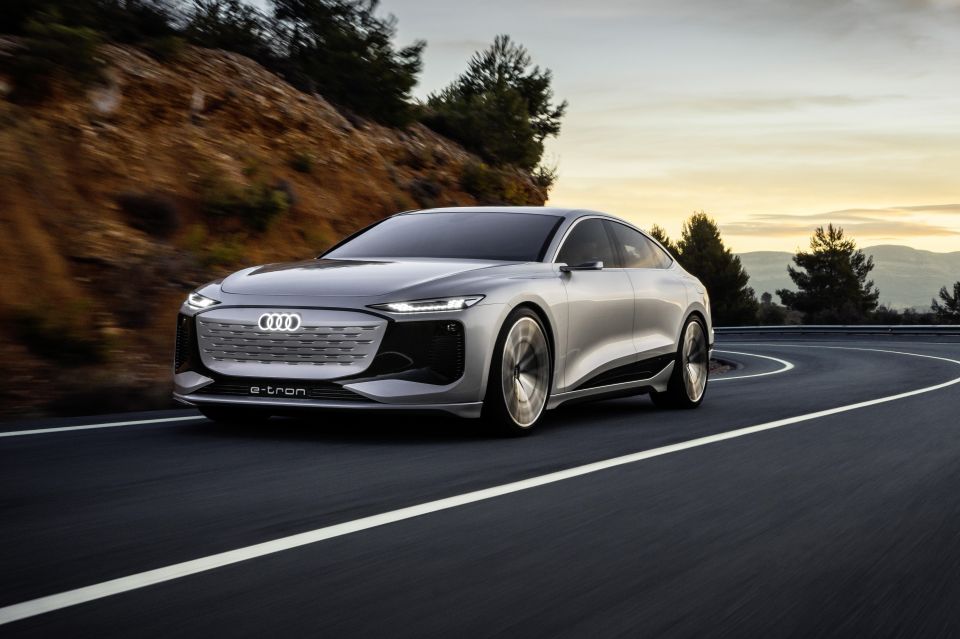
Lamborghini has confirmed it will be launching an electric vehicle in the “second half of the decade”.
A teaser for vehicle indicates it will be a sports car of some description.
Bentley in January announced it will be fully-electric by 2030. Currently the largest producer of 12-cylinder engines, Bentley launch its first full EV in 2025.
Given the Volkswagen Group’s focus on sharing platforms and components, Bentley’s vehicles will likely use the PPE platform alongside Porsche and Audi.

The only brand within the group that has yet to announce any electrification plans is Bugatti.
Porsche recently upped its stake in Rimac, and reports indicate this will pave the way for the Croatian firm to take a controlling interest in Bugatti, allowing the hypercar maker to use Rimac’s architecture and technology.
Even though the company seemingly has its hands full developing models for the MEB and PPE platforms, it has already outlined a strategy for an architecture to supplant both and serve the its entire range of brands.
Dubbed the Scalable Systems Platform, development is being lead by Audi, and the first production car — currently referred to as Project Artemis — is likely to surface around 2025.
Although the Volkswagen Group is betting big on electric, it will continue development of vehicles based on the MQB and MLB architectures with petrol, diesel, mild hybrid, and plug-in hybrid drivetrains.
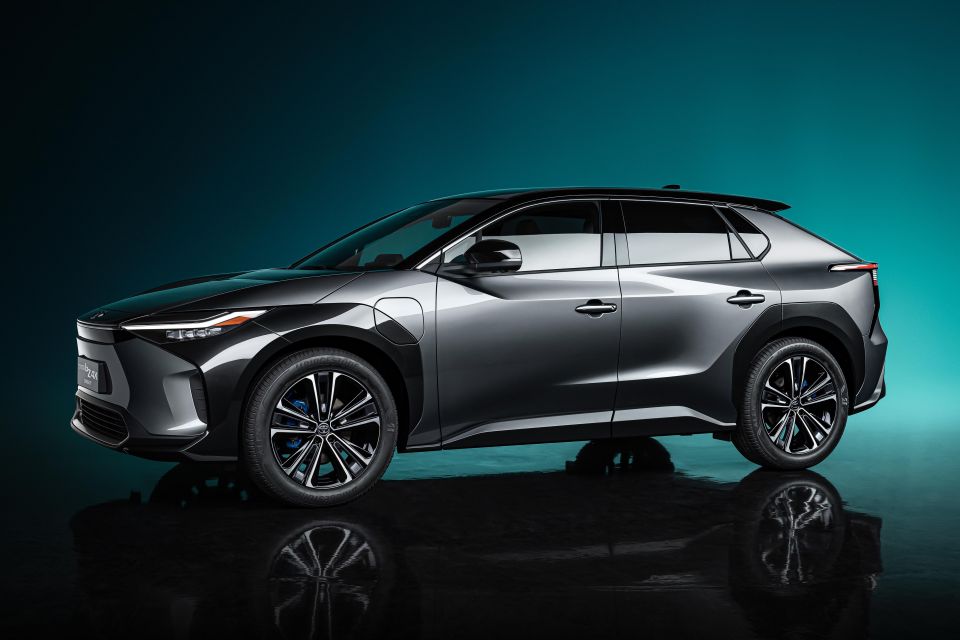
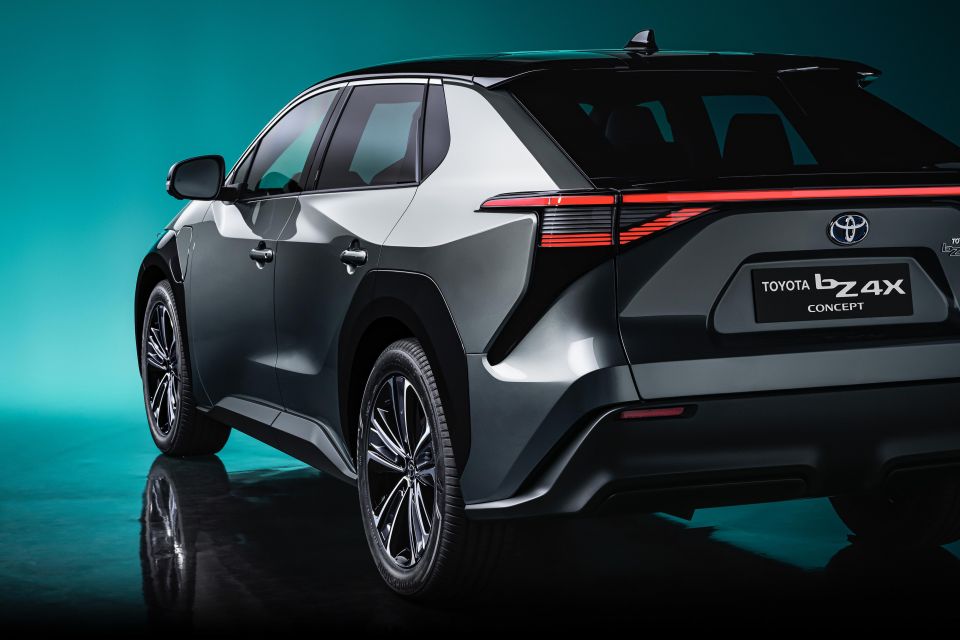
Confirmed for Australia: Toyota BZ4X, Lexus UX300e Confirmed for production: Lexus unnamed EV
With the help of Subaru, Toyota has been developing its first dedicated electric architecture, known as e-TNGA.
The first car to use the platform is the production version of the RAV4-sized BZ4X unveiled at the 2021 Shanghai motor show. It will go on sale in Europe and China from the middle of 2022.
By 2025 the company says it will have 15 pure electric cars on sale globally, with seven of these expected to be part of the Beyond Zero or BZ family.
Design renderings previously revealed by Toyota indicate future models will include crossovers to fit the slots immediately beneath and above the BZ4X, as well as a hatchback, and a clutch of vans or people movers.

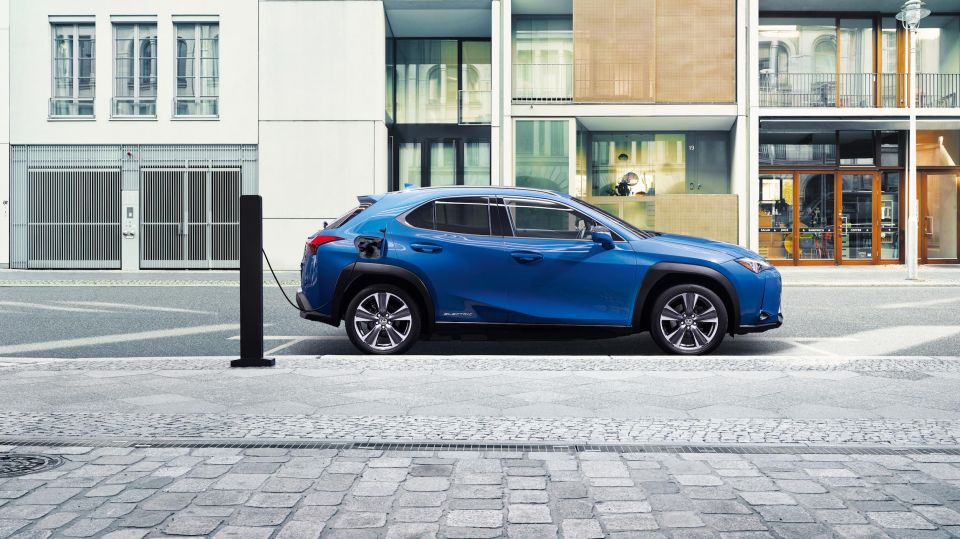
Lexus will have its first-ever EV, an electric version of the UX crossover, on sale Down Under from November 2021.
While the UX300e may be even quieter than the regular UX, it misses out on the packaging benefits of a dedicated electric vehicle platform.
That won’t be an issue for the new EV Lexus plans to launch in 2022, which will be based on the e-TNGA architecture.
Lexus says every new model it launches will be available with an electrified drivetrain. All in all, there will be “more than 10 BEVs, PHEVs, and HEVs” by 2025.
Last year hybrids accounted for 20.3 per cent of the Toyota Motor Corporation’s sales. Understandably, the automaker will add this drivetrain type to more and more models, including the upcoming 300 Series Land Cruiser.
Toyota has also been a key proponent of hydrogen fuel cell technology, where it has a development partnership with BMW. While the second-generation Mirai is more visually appealling and dynamically accomplished, its sales potential remains crimped by the lack of hydrogen infrastructure.
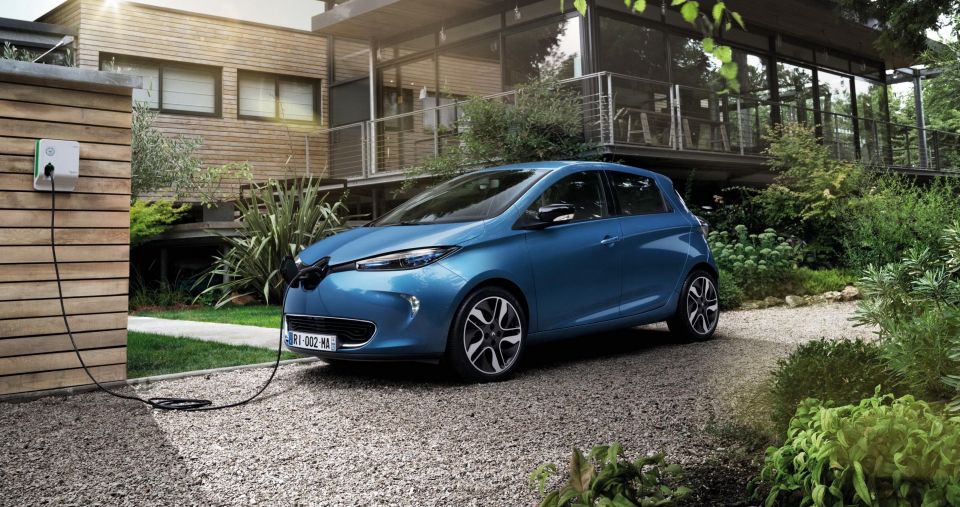
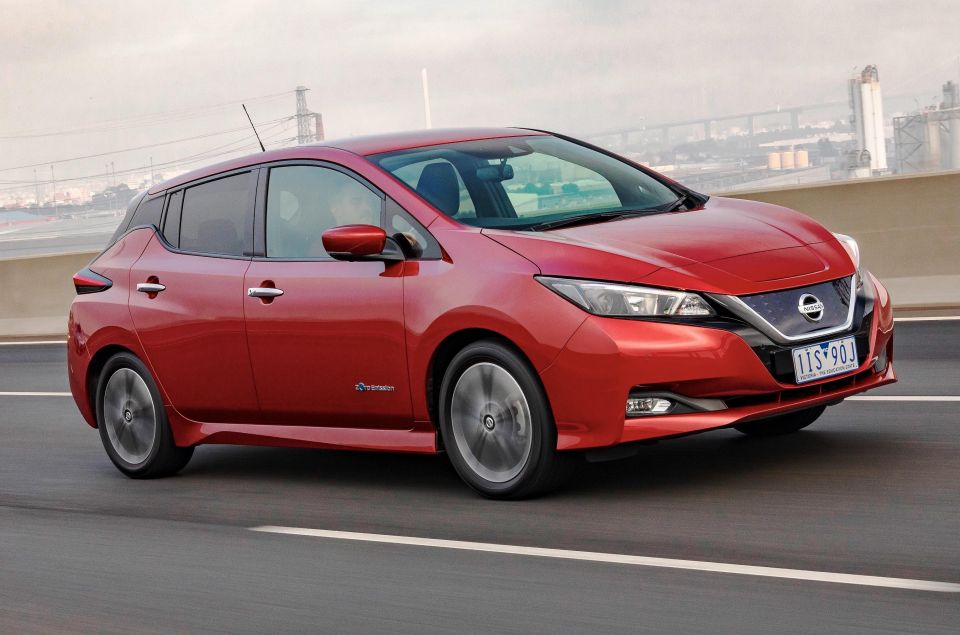
Already in Australia: Nissan Leaf Available overseas: Renault Twizy, Twingo Electric, Zoe, Kangoo Electric, Master Electric Confirmed for production: Nissan Ariya; Renault 5, Megane E-Tech Electric
Nissan, Renault, and Mitsubishi were early starters in the EV race, but are at the risk of falling behind.
Launched in 2010, the Nissan Leaf was the world’s top-selling electric vehicle until it was overtaken in 2019 by the Tesla Model 3.
Over 500,000 have been sold so far across two generations.
Introduced two years later, the Renault Zoe finished 2020 as Europe’s most popular electric car. And while the automaker’s range includes a fair number of electric models, they’re either commercial vehicles or too niche.
Thanks to a revolving cast of CEOs and the disruption caused by Carlos Ghosn’s arrest in late 2018, the Alliance has only recently divided up development duties between its brands.
Renault will take charge of the underpinnings for smaller cars with the new CMF-B EV architecture, which will serve as the basis of the retro-styled Renault 5 pencilled in for 2024.
Recent patent filings suggest this will be joined by a Renault 4-inspired vehicle.
Luca de Meo, Renault’s latest CEO and former head of Seat, hopes a spate of new and attractively EVs will bring the company back to profit.
Nissan, on the other hand, has developed the CMF-EV platform for larger vehicles. It made its debut beneath the Nissan Ariya, and will also serve as the basis of the Renault Megane E-Tech Electric due in 2022.
Launched in 2009, Mitsubishi beat both Renault and Nissan to market with the i-MiEV. While its cute styling was a plus, its limited 100km range and kei car dimensions meant it never succeeded outside its native Japan.
Axed in 2020, Mitsubishi is working on a belated successor with a new kei class EV to be shared with Nissan, but beyond that little is known about the automaker’s electric cars plans.
It’s also possible the company could start selling rebranded Renault EVs on the Continent in a few years time.
Mitsubishi had been planning on a slow exit from Europe due to the development costs of meeting the EU’s 95g/km CO2 target, but reversed its decision after striking a deal with Renault to source vehicles from its French partner.
The success of the Outlander plug-in hybrid has seen Mitsubishi put in charge of PHEV technology for the Alliance. Given the company’s focus on the developing Asian markets, PHEVs may be it pathway to electrification outside of Europe.

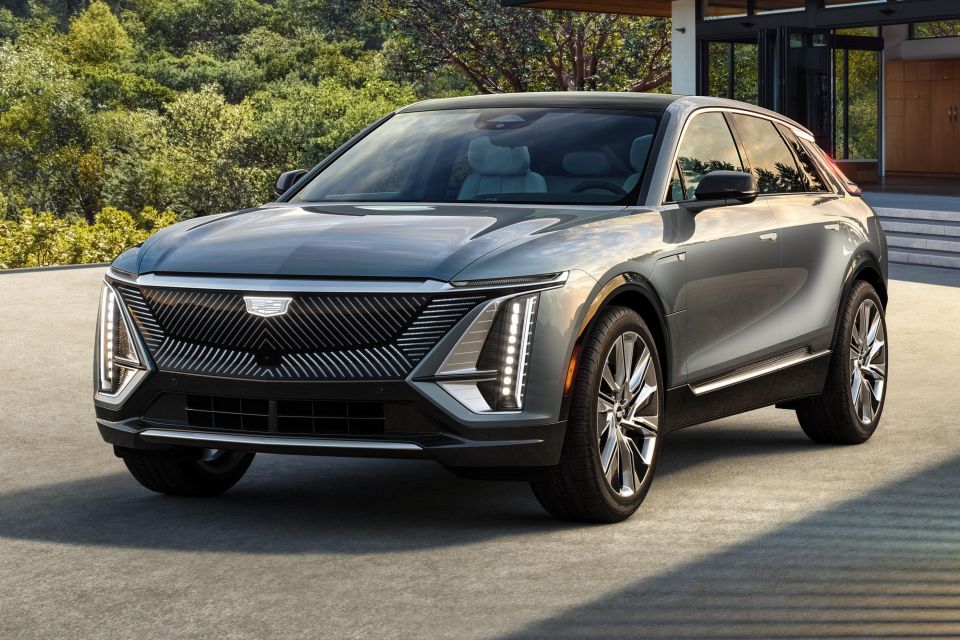
Available overseas: Buick Velite 7; Chevrolet Bolt, Bolt EUV Confirmed for production: Cadillac Lyriq; GMC Hummer EV, Hummer EV SUV
Earlier this year, GM became the first major automaker to set a target for abandoning internal combustion engines.
The Detroit-based firm aims to have its cars, SUVs, and trucks fully electric or using “other zero-emissions vehicle technology” by 2035.
Cadillac will be the first brand to go fully electric, with the marque to ditch petrol engines by 2030.
Although its current EV offerings are limited to the Honda Jazz-sized Chevrolet Bolt and its derivatives, GM is busy developing two separate EV architectures, one for regular cars and crossover, and other for pickup trucks and off-roaders.
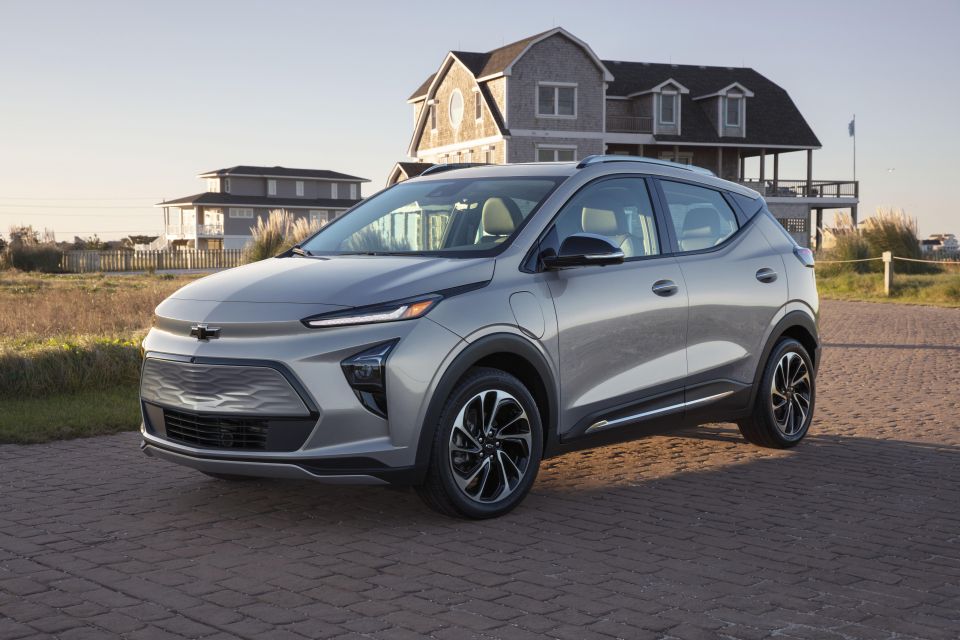
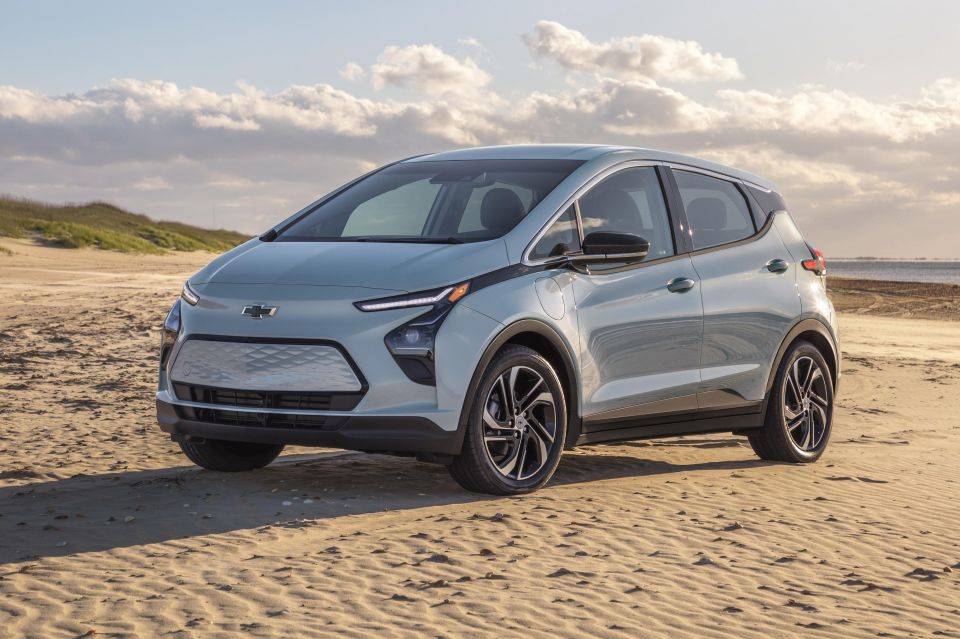
GM will begin expanding its electric offerings this year with the launch of the GMC Hummer EV pickup truck. This will be followed by the Hummer EV SUV and the Cadillac Lyriq crossover in 2022.
In the near term, the General will launch 30 EVs by 2025.
This includes an electric Silverado pickup and five Cadillacs: the aforementioned Lyriq, the Celestiq flagship sedan, and more crossovers than you can poke a stick at.

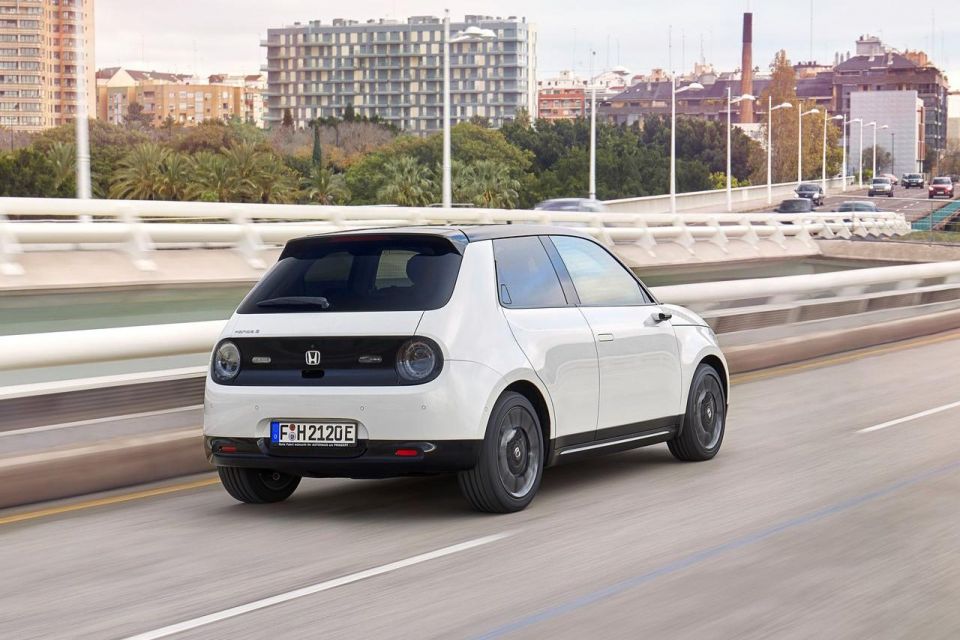
Available overseas: Climo X-NV, M-NV; Everus VE-1; Honda E, Clarity Electric Confirmed for production: Acura Unnamed GM-sourced SUV; Honda Unnamed GM-sourced SUV
Although its EV offerings are slim at the moment, Honda plans to switch entirely to electric and hydrogen fuel cell technology for its cars by 2040, making it the second major carmaker to set a date for completely ditching internal-combustion engines.
The company currently offers a number of HR-V-based EVs in China, and plans to launch 10 further electric vehicles there over the next five years. These EVs will be based on existing models and architectures.
In addition to this, the ever-so-cute Honda E recently picked up the World Car of the Year award. Sales of the electric hatch have, so far, been as small as its dimensions thanks to its limited driving range and high price.
The E is currently only slated for sale in Europe and Japan.
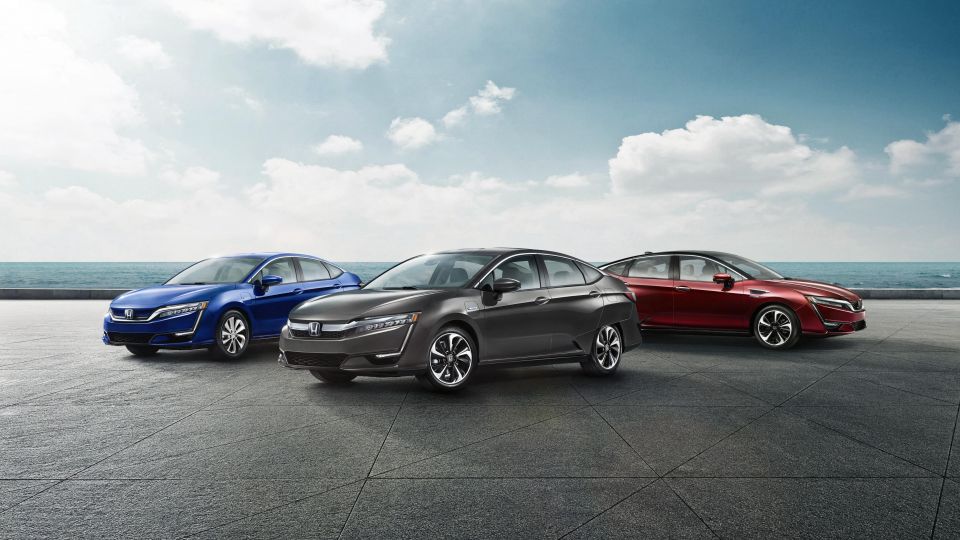
There’s also the Clarity Electric, which is the very definition of a compliance car. Only available via lease in Oregon and California, the Clarity Electric has a range of just 143km.
The Clarity was initially designed to showcase Honda’s hydrogen fuel cell technology. The company continues to reference FCEV as part of its electrification strategy, but hasn’t made any announcements regarding further models.
An electric kei car is planned for the Japanese domestic market, and is scheduled to go on sale in 2024.
As far as electric cars based on a dedicated EV platform, Honda says it is working on a new e:Architecture, which will go into production during “second half of the 2020s”.
Prior to that, it will use GM’s upcoming EV platform for two crossovers in the North American market, one each for Honda and Acura.
Due to go on sale in 2023 or 2024, these two cars will use GM’s Ultium battery tech, and will be built in GM factories.
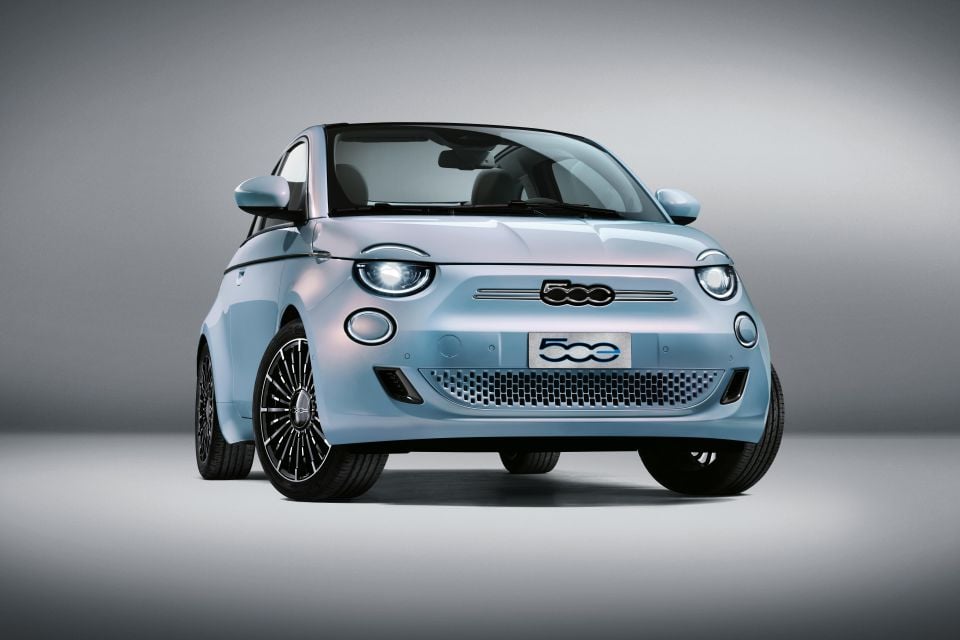
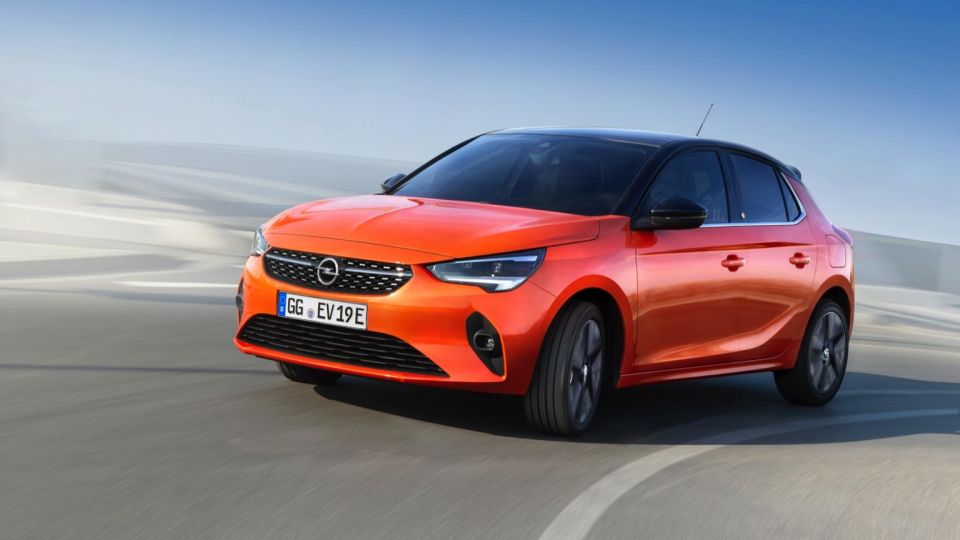
Available overseas: Citroen Ami, e-C4; DS 3 Crossback E-Tense; Fiat 500; Peugeot e-208, e-2008, e-Traveller; Opel Corsa-e, Mokka-e, Zafira-e Life Confirmed for production: Maserati MC20
With the merger between Fiat Chrysler and the PSA Group still bedding in, the new automaker is working through its model and platform strategy.
We’ll have a clearer picture later this year or early next year when the firm provides investors with more guidance about its plans for dizzying range of brands, as well its electrification and platform strategy.
As the bulk of PSA’s sales are in Europe, an accelerated EV strategy is likely.
PSA’s CMP architecture supports both internal combustion engines, as well as pure electric drivetrains, and all recent CMP-based models, such as the Peugeot 208 and 2008, and Opel Corsa, are available with EV variants.
Larger vehicles based on the EMP2 architecture can be offered with petrol, diesel and plug-in hybrid drivetrains.
Before the merger was consummated at the beginning of this year, PSA announced it was developing a new Electric Vehicle Modular Platform (eVMP), which will make its production debut in 2023.
Suited for vehicles from the Peugeot 308 and up, eVMP is an electric-first architecture, but can accommodate internal combustion engines and hybrid drivetrains in order to suit the “mobility need anywhere in the world”.
Fiat Chrysler’s EV plans were less fully formed, and centred around Maserati being the company’s electrification brand.
Confirmed models include all-electric versions of the MC20 supercar, and the next-generation GranTurismo coupe and GranCabrio convertible.
At the more affordable end of the spectrum, the latest Fiat 500 was developed as an EV-only model.
No plans have yet been announced for Alfa Romeo, Fiat, Lancia, Chrysler, Dodge, Ram, or Jeep.
Brands with a presence in Europe, such as Alfa, Fiat, Lancia and Jeep, all seem likely candidates to benefit from PSA’s electric-capable platforms.
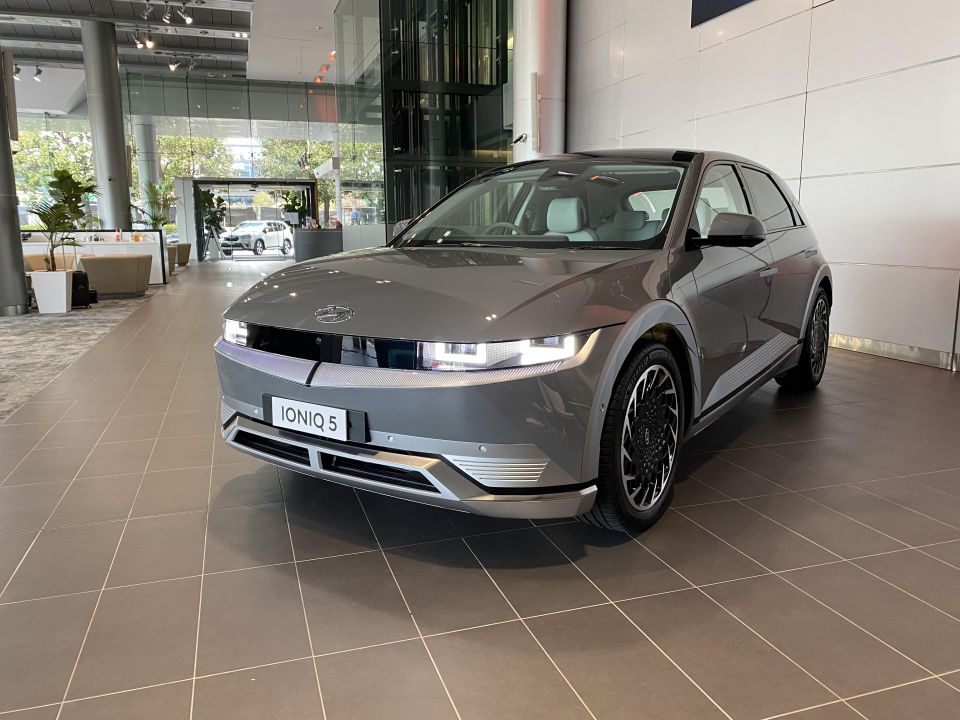
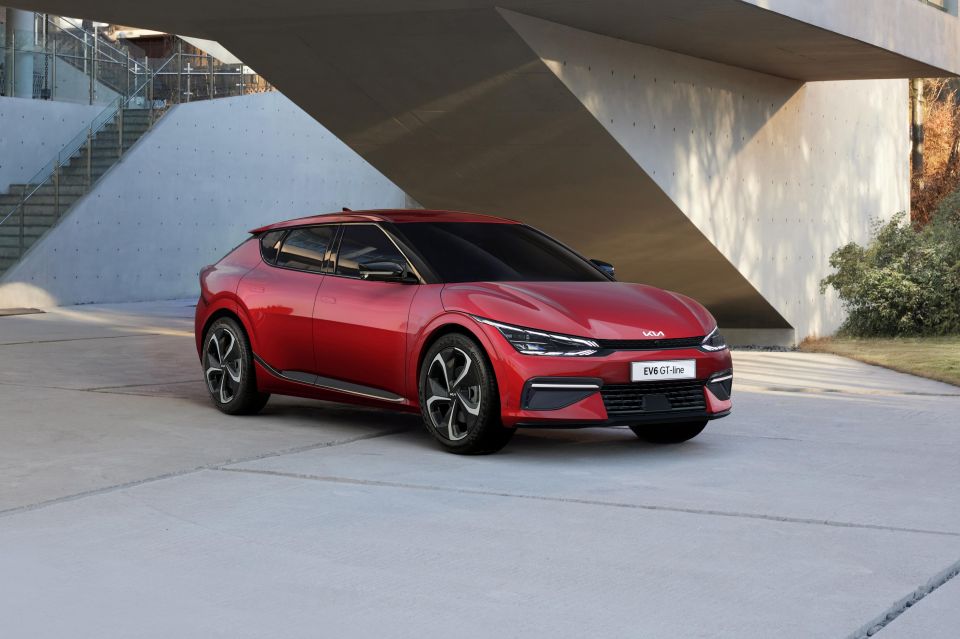
Already in Australia: Hyundai Ioniq Electric, Kona Electric; Kia Niro Electric Confirmed for Australia: Hyundai Ioniq 5; Kia EV6 Confirmed for production: Genesis Electric G70, Electric G80, GV60
The Korean carmaker has set itself the goal of launching 23 battery electric models and selling one million EVs by 2025.
Seven of these EVs will be for Kia, and there are at least two slated for Genesis.
The automaker’s new e-GMP all-electric architecture will form the cornerstone of this effort, and the recently-unveiled Hyundai Ioniq 5 and Kia EV6 are the first to utilise this platform.
Unlike some other mainstream EVs featured in this article, the South Korean automaker has committed to launching both the EV6 and Ioniq 5 in Australia soon after becoming available overseas.
The Ioniq 5 is due here from the third quarter of 2021, with the EV6 arriving a few months later.
In addition to cars on the e-GMP architecture, the Hyundai Group will also continue developing electric variants of models with internal combustion engines.
The Kia Niro, for instance, has been renewed for a second generation, and will once again feature hybrid, plug-in hybrid and pure electric variants.
Genesis has also recently unveiled the G80 Electrified sedan, and an electric variant of the GV70 crossover is in the works.
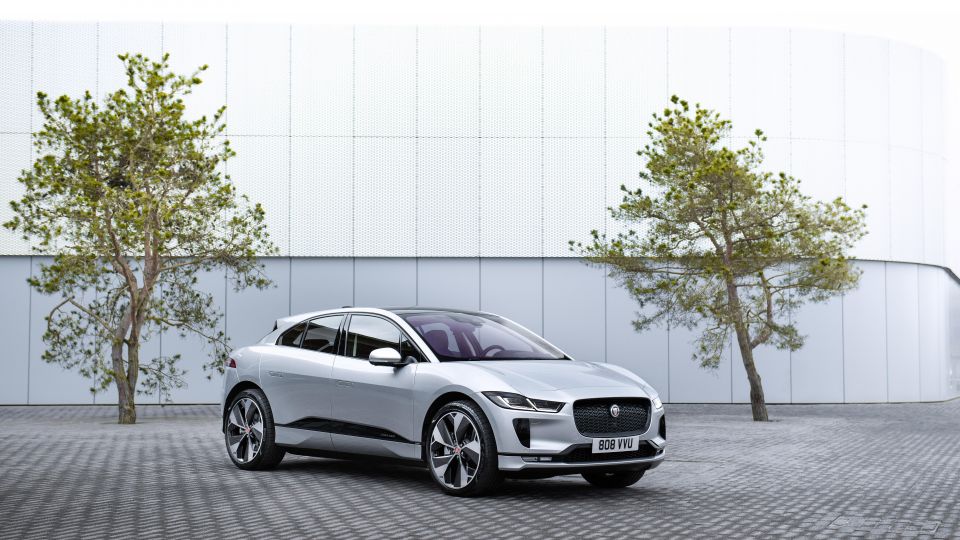
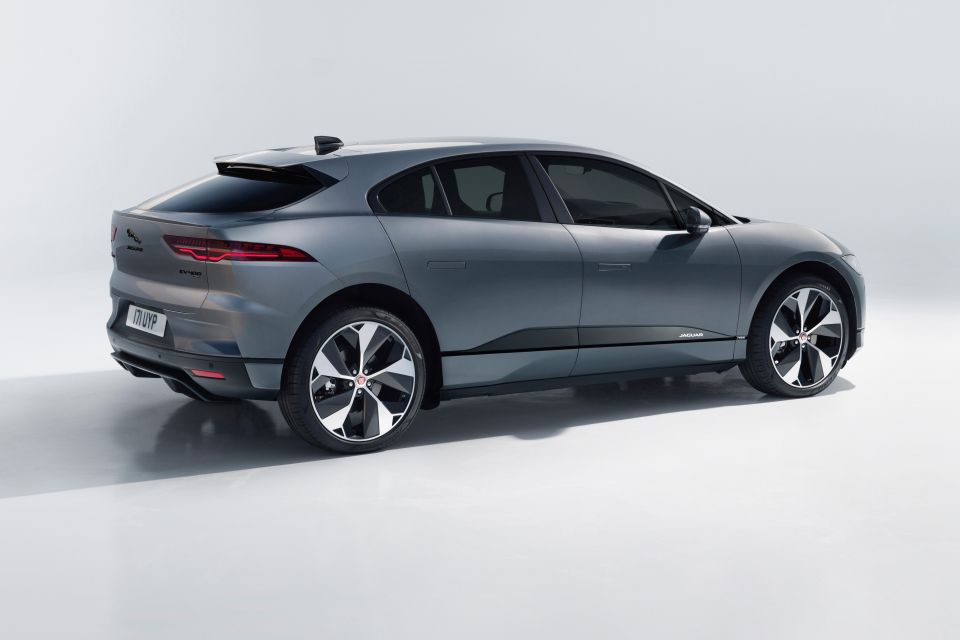
Already in Australia:Jaguar I-Pace
The British automaker stunned the world in February when it announced it was cancelling its nearly complete, all-electric XJ in order to transition the Jaguar brand to an all-EV lineup by 2025.
It’s still not clear whether the company will develop Jaguar’s EV architecture alone, jointly engineer it with another company, or use one developed by a third party. The bespoke setup for the existing I-Pace has seemingly been ruled out.
This move will reportedly see Jaguar move significantly upmarket, and abandon its long-held ambition of being the British BMW.
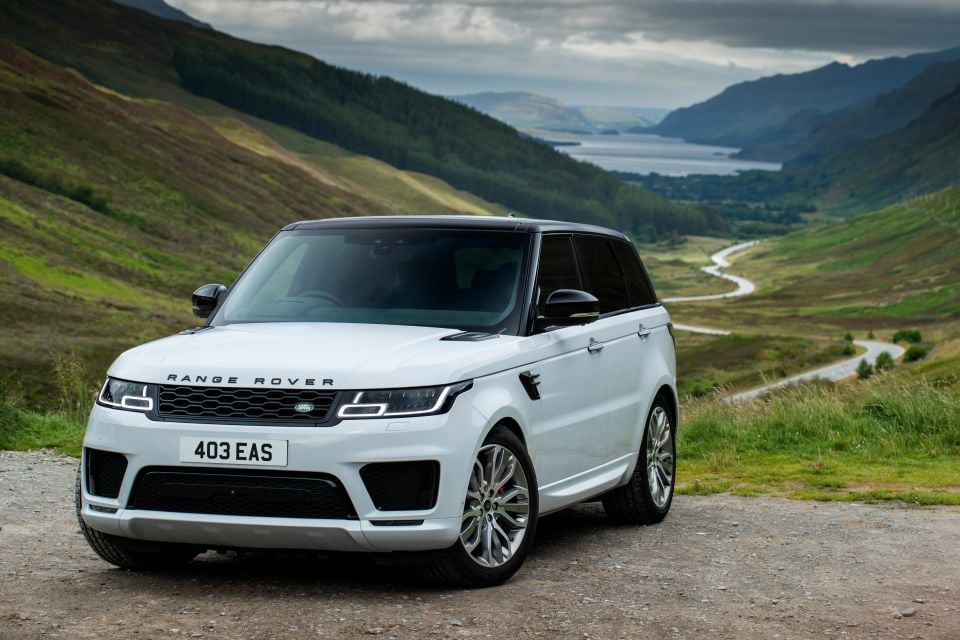
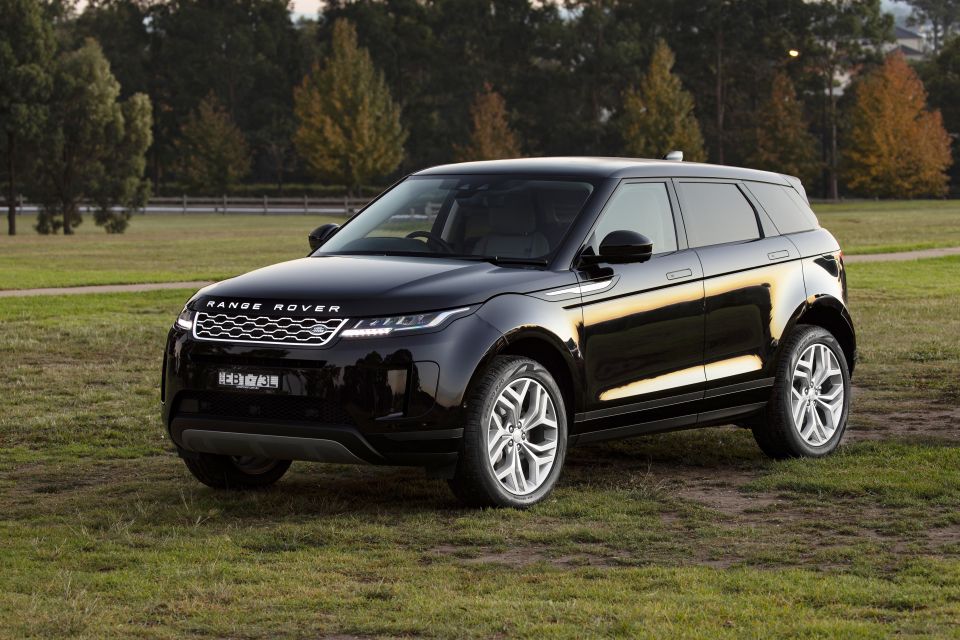
Land Rover and Range Rover will begin releasing their first EVs in 2024, and plan to have six on sale by 2026.
By 2030, the company expects the SUV brands to derive 60 per cent of their sales from electric models. Hybrids will account for a large portion of the remainder.
The two brands will be built on two different architectures not related to Jaguar’s dedicated EV platform.
One is MLA Flex, a platform that supports EV, PHEV, and hybrid drivetrains, and was initially set to debut with the cancelled XJ EV. This is thought to underpin the next-generation Range Rover.
The second architecture is EMA, which is designed primarily for electric powertrains, but will also support hybrid drivetrains.
Jaguar Land Rover will also invest in hydrogen fuel cell technology. Although it expects to have prototypes on the road within 12 months, the company has yet to outline when it will begin selling fuel cell cars.
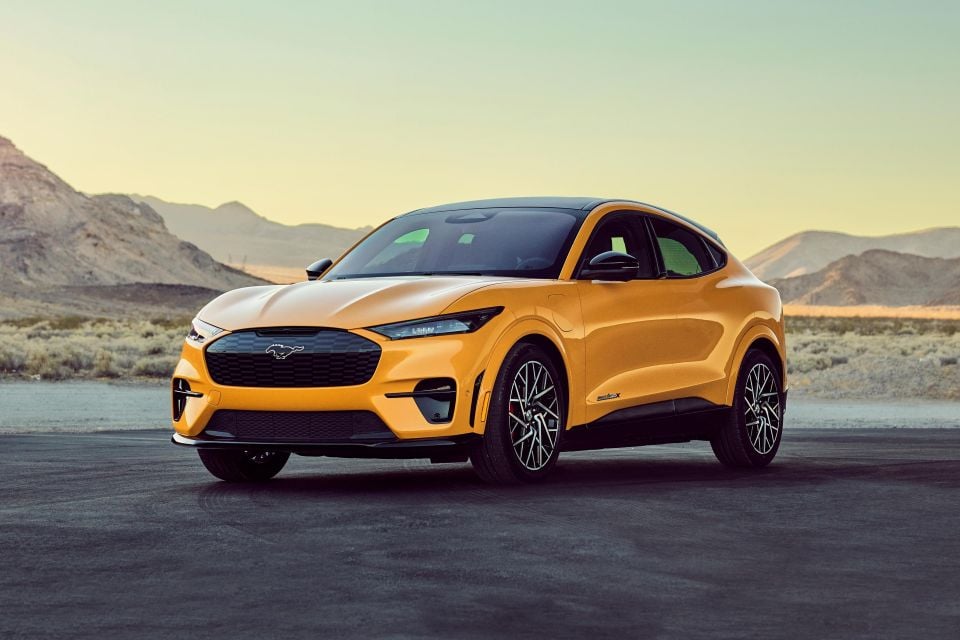

Available overseas: Ford Mustang Mach-E Confirmed for production:Ford F-150 Lightning
Last year the Blue Oval unveiled its first mass-market EV in the shape of the Mustang Mach-E crossover, which will be sold in North America, Europe, and China.
It will follow this up in 2022 with the just-unveiled F-150 Lightning, an electric version of the ever-popular pickup truck.
Beyond this, Ford of Europe has committed to only selling electric passenger vehicles on the Continent by 2030.
Quite how the automaker plans to shift its lineup has yet to be announced, but Ford’s burgeoning partnership with the Volkswagen Group will see the Blue Oval develop one Europe-specific EV on Volkswagen’s MEB architecture to built at a Ford factory.
At least one more MEB-based model is rumoured to be in the works, and there could well be more. It’s unknown if these MEB Fords will be sold outside Europe.
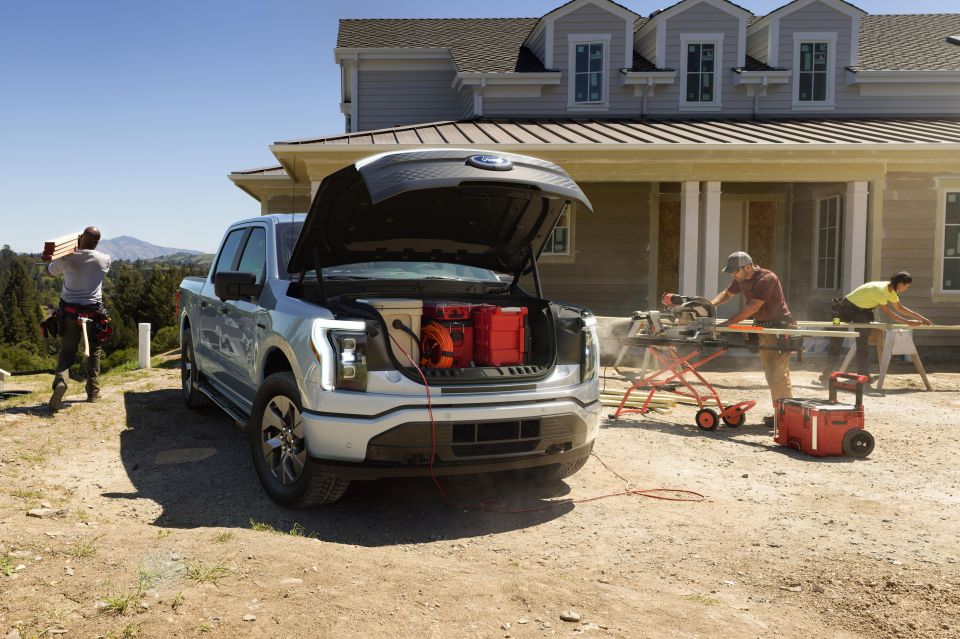

As the automaker transitions in Europe, it will add more plug-in hybrid and hybrid drivetrain options across its range.
While there will be pure electric models in Ford’s commercial vehicle lineup — such as the Transit and F-150 — internal-combustion engines won’t be abandoned completely.
The company has confirmed plug-in hybrid versions of the popular Ranger ute and Transit van.
As for Lincoln? It’s unclear what Ford’s plans are for the brand in the USA, as a platform-sharing deal with Rivian for a Lincoln-badged SUV was nixed in 2020. Rivian’s skateboard chassis is still thought to be bound for at least one Ford-badged vehicle, though.
There are rumours Lincoln is developing at least one, if not more, electric crossovers, with the first thought to be based on the Mustang Mach-E.
In addition Lincoln’s Chinese arm is readying a luxury electric sedan based on the Zephyr Reflection concept revealed at the recent Shanghai motor show.
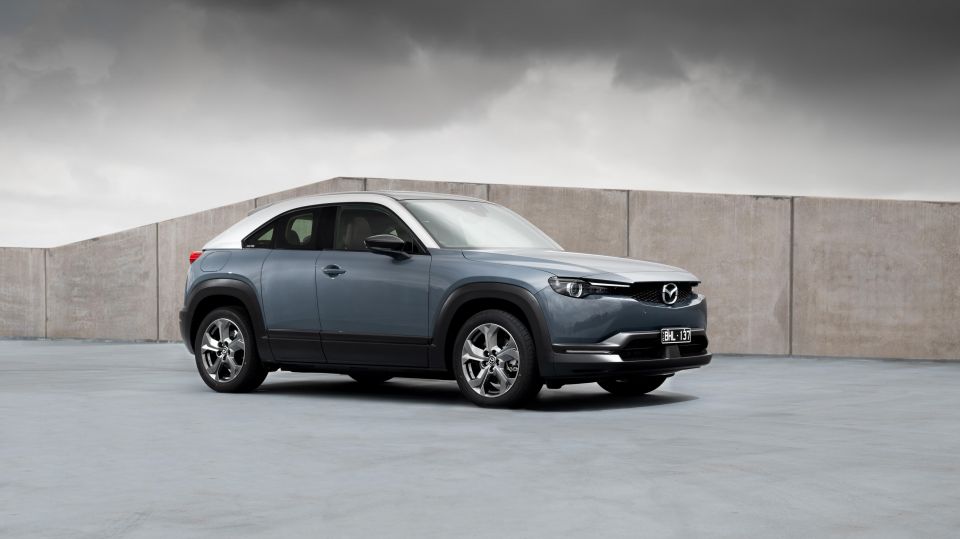
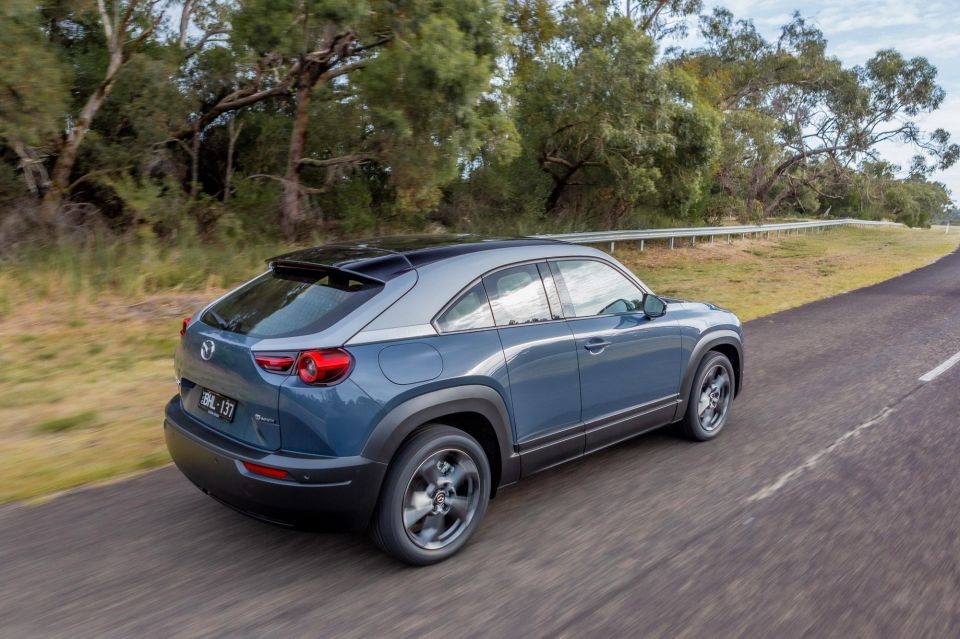
Confirmed for Australia:Mazda MX-30 EV
Mazda likes to march to the beat of a different drum, and prior to the launch of the MX-30 voiced a fair deal of skepticism about EVs.
The quirky MX-30 goes on sale locally soon with a relatively short 200km driving range from its 38.5kWh battery pack.
For those who can’t resist the allure of an EV with reverse-hinged doors but need more range, Mazda is developing a version with rotary range extender.
Outside of this its electrification efforts are seemingly limited to a Mazda 3 Hybrid for the Japanese market utilising Toyota technology.

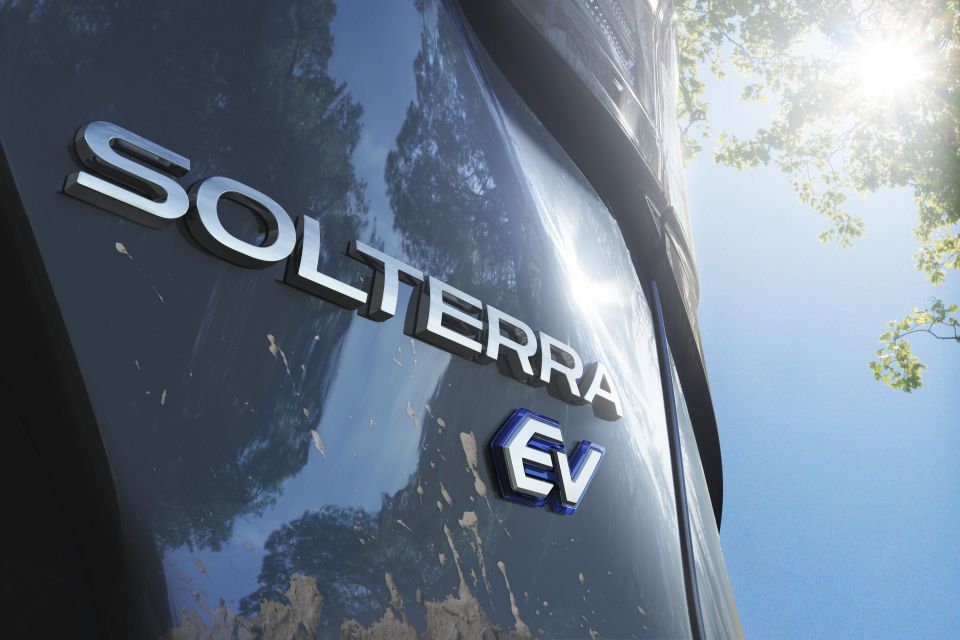
Confirmed for production: Subaru Solterra
Toyota’s e-TNGA architecture, or e-Subaru Global Platform as it is also known, was developed with the help of Subaru, which was reportedly responsible for the all-wheel drive aspects.
So far one Subaru has been confirmed to use the platform, the Solterra. From our sleuthing based on two teaser images, we believe it will be a Toyota BZ4X with some minor styling changes.
It will go on sale in Canada, China, Europe, Japan and the USA in 2022. There is currently “no timeline” for its introduction to Australia.
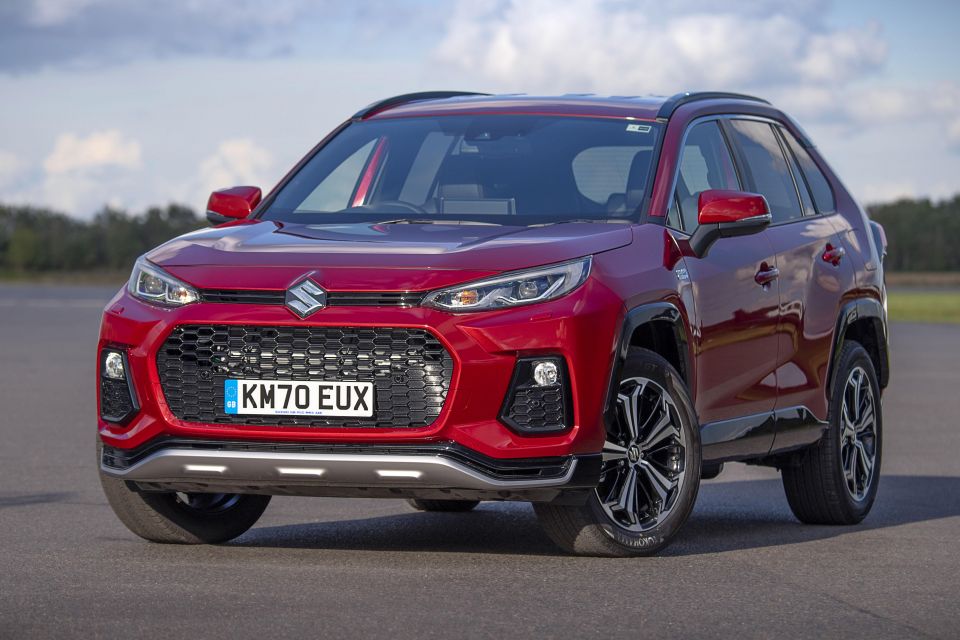
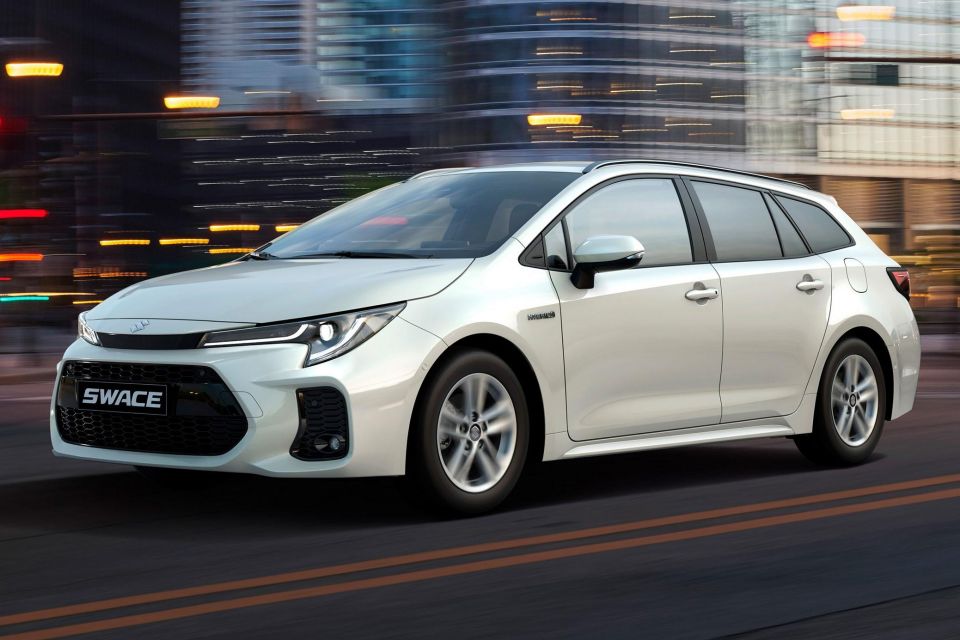
Like Subaru, Suzuki is working with Toyota. It will base a vehicle smaller than the Toyota BZ4X on the e-TNGA architecture.
We know Toyota is working on a sub-BZ4X crossover, and it seems likely Suzuki’s EV will share a lot in common with this vehicle.
It’s unknown how much differentiation there will be between the Suzuki and Toyota models.
As part of model sharing agreement, Suzuki sells the Across (a RAV4 plug-in hybrid with a different nose) and the Swace (a Corolla hybrid wagon) in Europe.
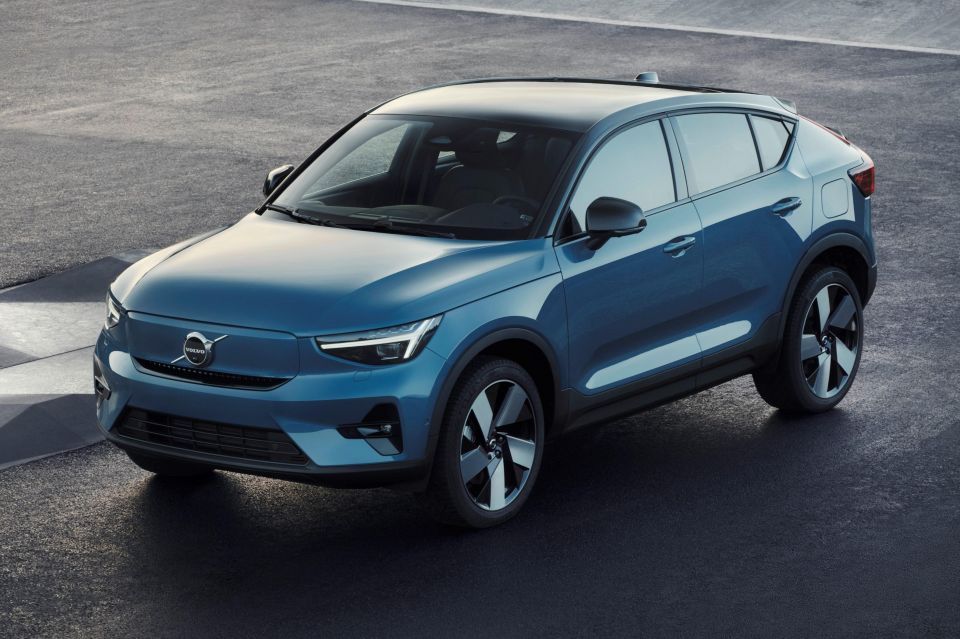

Already in Australia: Volvo XC40 Recharge EV Confirmed for Australia: Volvo C40 Recharge Available overseas: Polestar 1, 2; Zeekr 001 Confirmed for production: Lotus Evija; Smart EV range
Volvo announced earlier this year it will become an EV-only brand by 2030.
While there are plug-in hybrid drivetrains available in each of its models, just two pure electric models have been launched so far: the XC40 Recharge and the C40 Recharge.
With electric variants of its next-generation of vehicles, including the upcoming S90, the Swedish automaker expects half of its sales will come from EVs by 2025.
The Swedish firm is also working on a dedicated EV platform — dubbed Sustainable Experience Architecture — which will be shared with other brands within the Geely empire, including Polestar, Lynk & Co, Lotus, Proton and Zeekr.
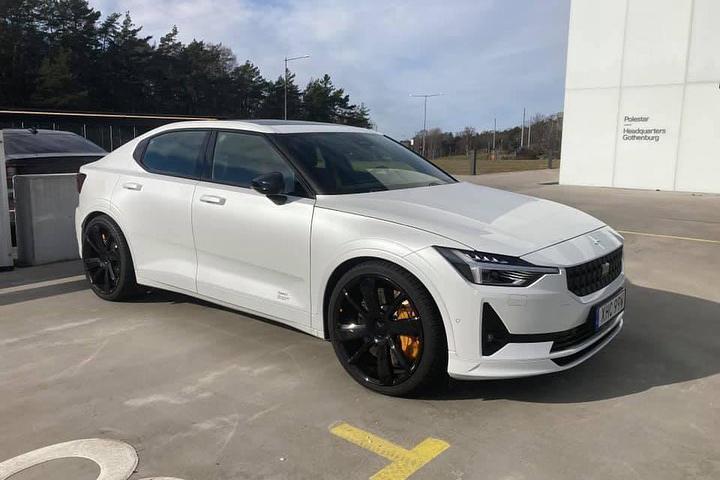

Quite where Volvo’s shift to an all EV range leaves Polestar remains to be seen. The spin-off’s current range includes the 1, a coupe version of the Volvo S90, and the 2, very clearly an S40 with an electric drivetrain.
Like other sports car makers, Lotus will expand its range to include a crossover vehicle.
Perhaps as importantly, it will also shift from internal combustion engines to electric motivation with the upcoming Emira set to be the company’s last petrol-powered model.
Surprisingly for a low-volume automaker, Lotus will have models based on four different platforms: Sports Car for the Emira, Hypercar underpins the upcoming Evija, Premium for an “all-new range of lifestyle vehicles”, and E-Sport co-developed with Renault’s Alpine brand.
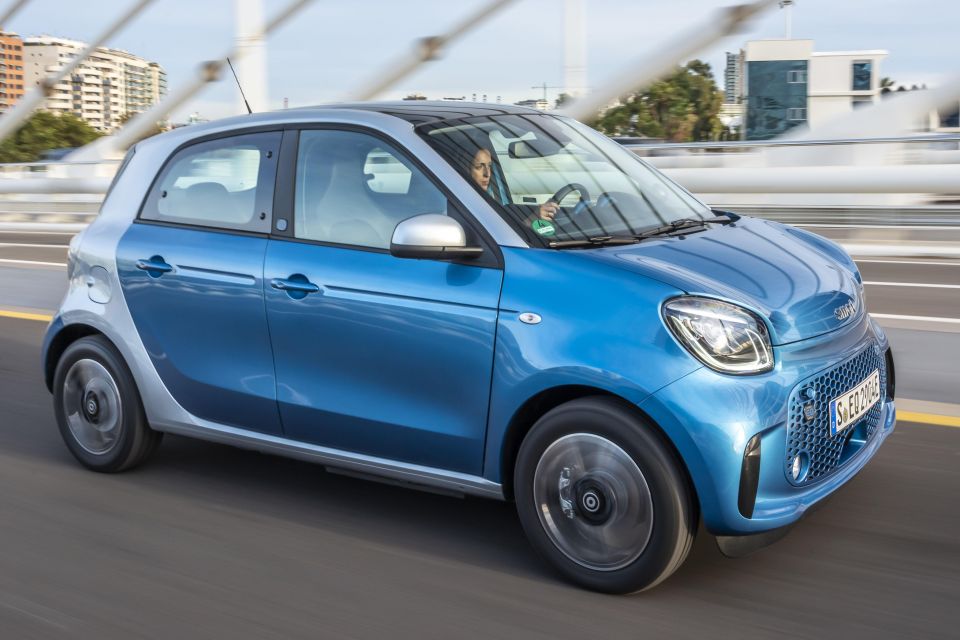
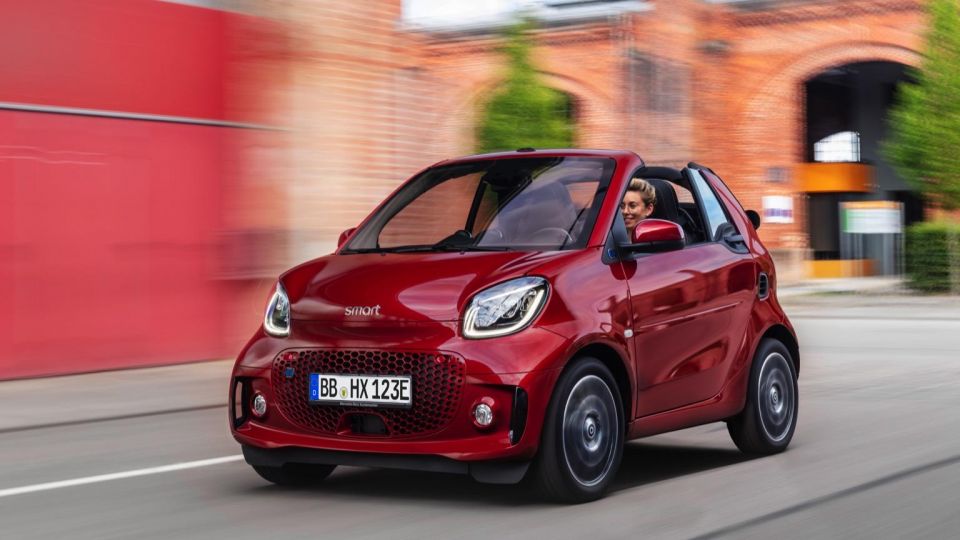
Geely also recently added Zeekr to overflowing stable of brands, which at the moment looks to marry bodies from Lynk & Co with electric underpinnings.
The Chinese automaker also bought a half share in Smart from Daimler in 2019. Styled by Mercedes-Benz, and engineered by Geely, the next generation of Smart vehicles will be built in China and sold around the world.
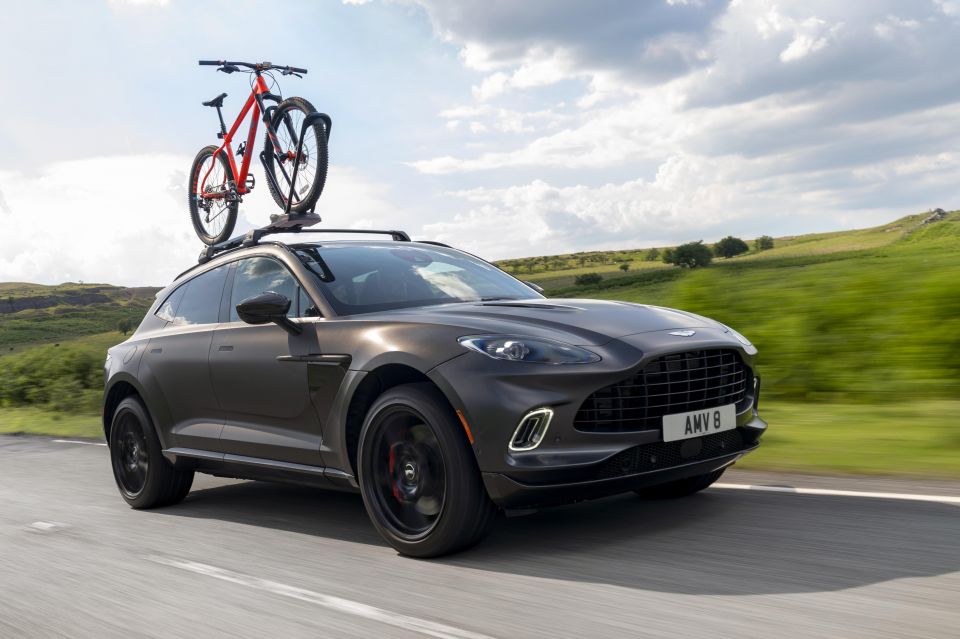
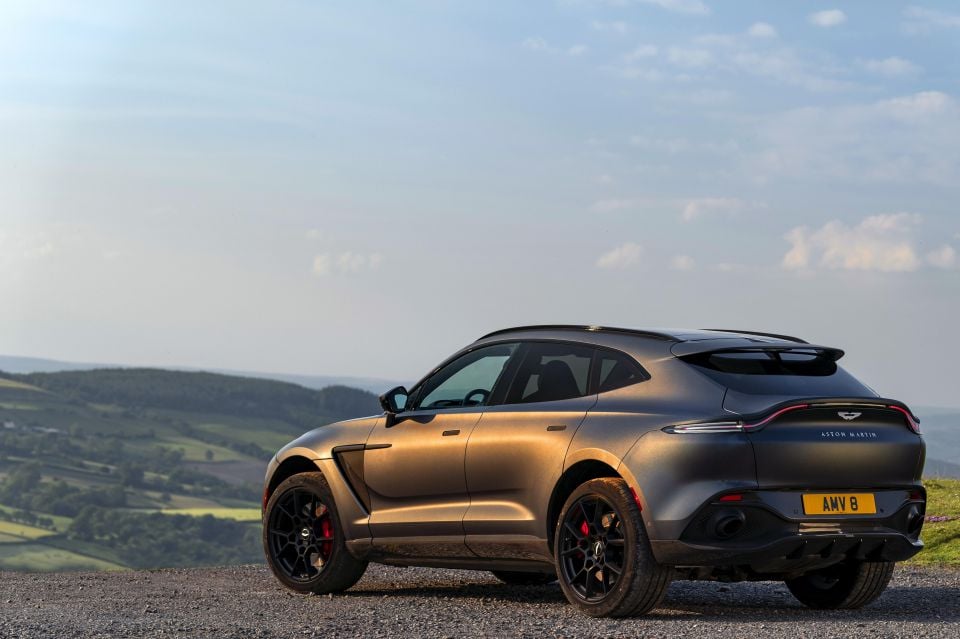
Just this month Aston Martin’s new CEO announced that by 2030 90 per cent of the company’s sales will be EVs.
The first electric Aston is likely to appear around 2025 or 2026, and will use Mercedes-Benz technology as its basis — the three-pointed star owns around 20 per cent of the British marque.
Prior to this, the company will also unveil plug-in hybrid variants of some of its cars, again using drivetrains borrowed from Mercedes-Benz.
Petrol-powered models will live on, though.
“We still have probably pure combustion engine for track toys, so to speak,” Moers has told the media.
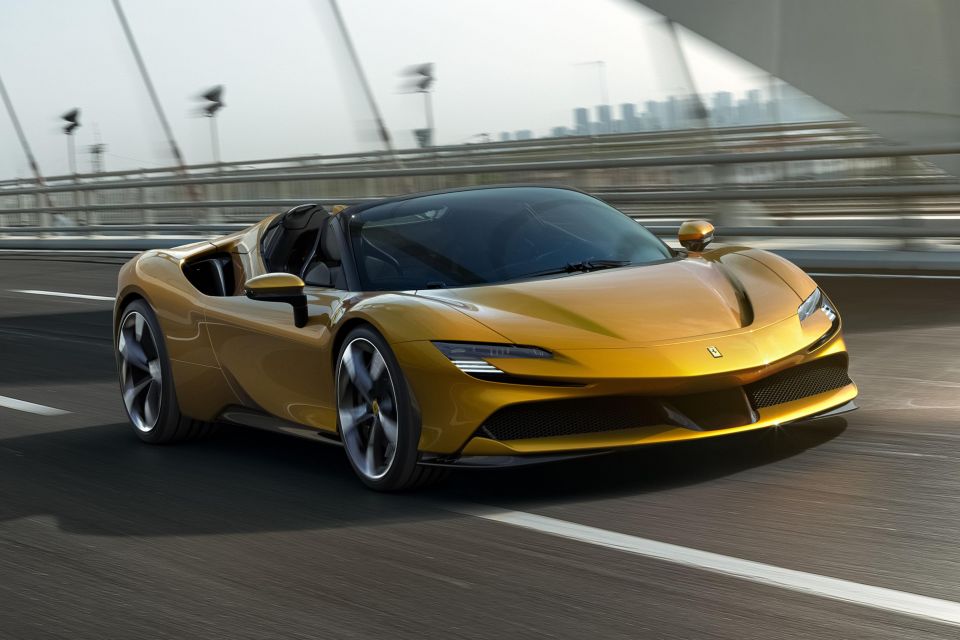
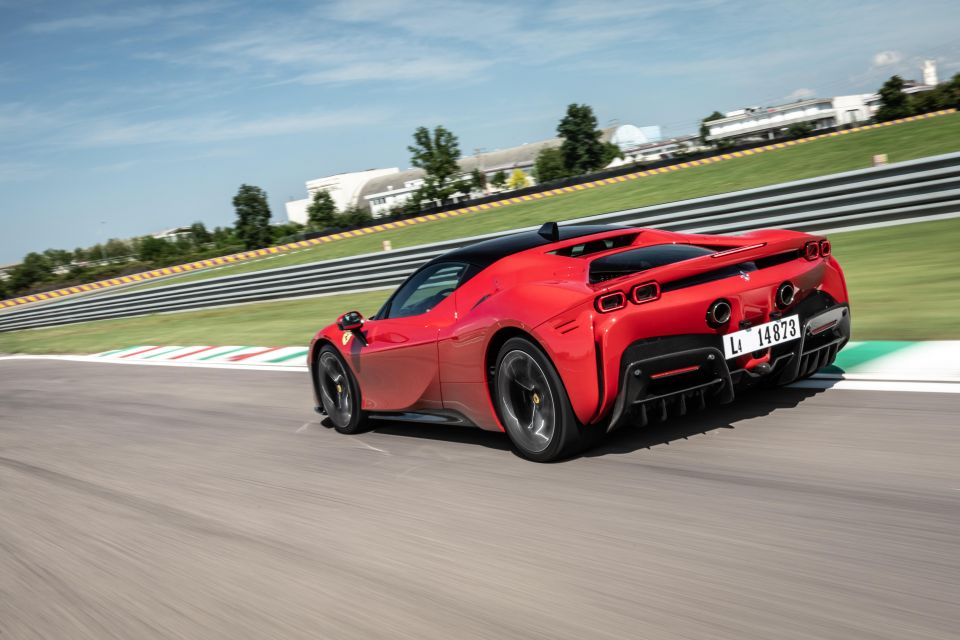
Confirmed for production: Unnamed EV
Over the next few years Ferrari break into previously taboo ground. First there will be its first-ever crossover, and in 2025 its first EV.
John Elkann, Ferrari’s interim CEO, hints it will be a performance model of some description.
“You can be sure this will be everything you dream the engineers and designers at Maranello can imagine for such a landmark in our history,” he wrote in the company’s latest annual report.

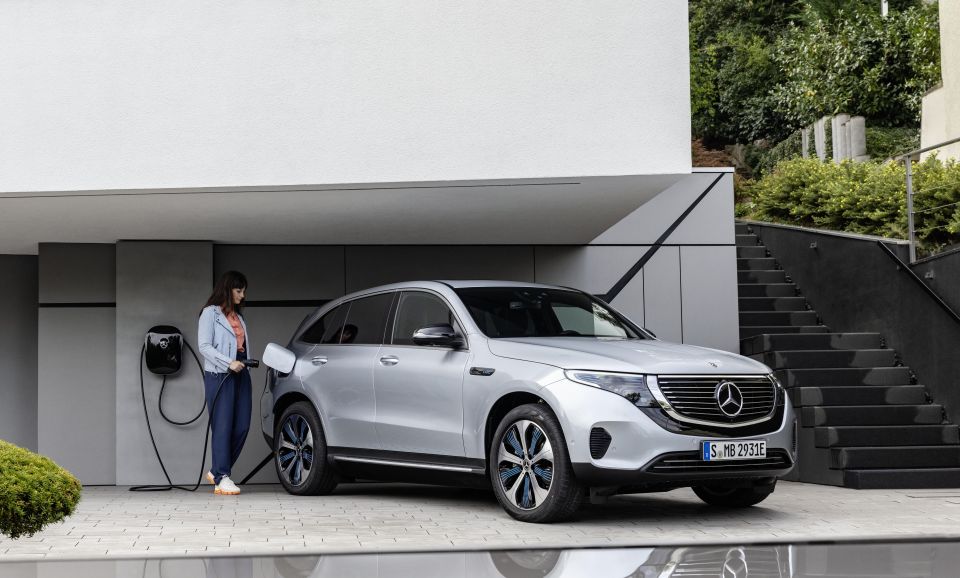
Already in Australia:Mercedes-Benz EQC Confirmed for Australia: Available overseas: Mercedes-Benz EQA, EQB, EQS, EQV; Smart ForTwo EQ, ForFour EQ Confirmed for production: Mercedes-Benz EQE, EQE SUV, EQS SUV, EQT; Smart EV range
While BMW may have beaten it to the electric party, when Mercedes-Benz decided to show up, it brought not just a six pack but a whole keg.
It started off with the EQC, EQV, EQA and EQB, which took existing models — the GLC, V-Class, GLA and GLB respectively — and added on some EQ-specific styling features to call attention to the electric drivetrains underneath.
These vehicles bought time for Daimler to develop a pure electric vehicle architecture. Dubbed MEA, it was launched in production form with the EQS sedan.
It will be joined in the near future by the EQS SUV, as well as the smaller and more affordable EQE sedan and EQE SUV.
As mentioned above, half of Smart has been sold off to Geely, which will engineer and build the next generation of city-friendly EVs in China for sale around the world.
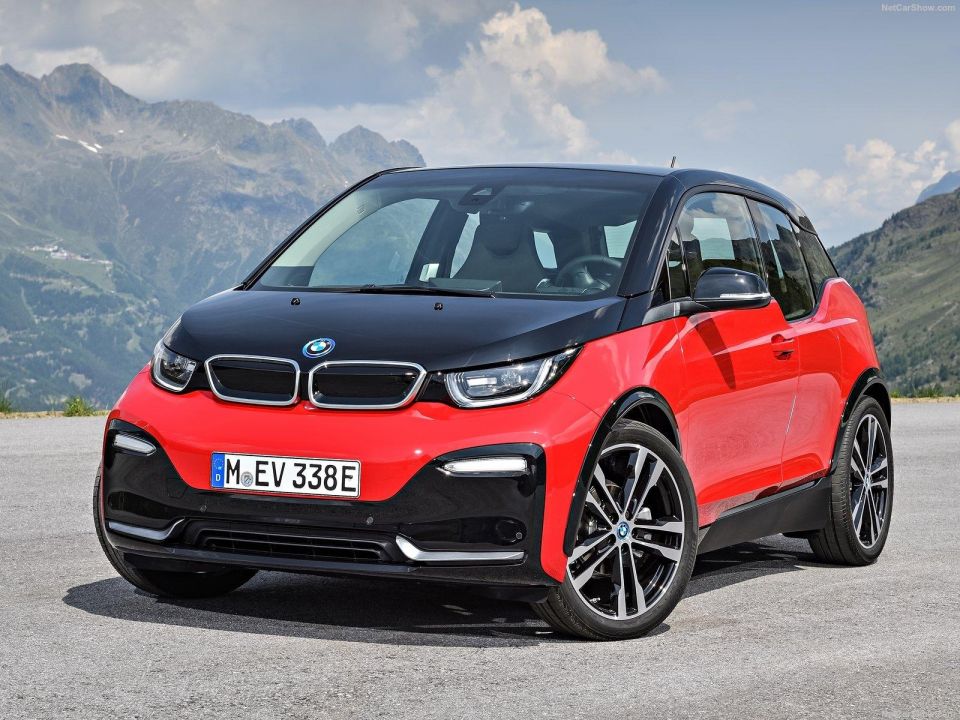
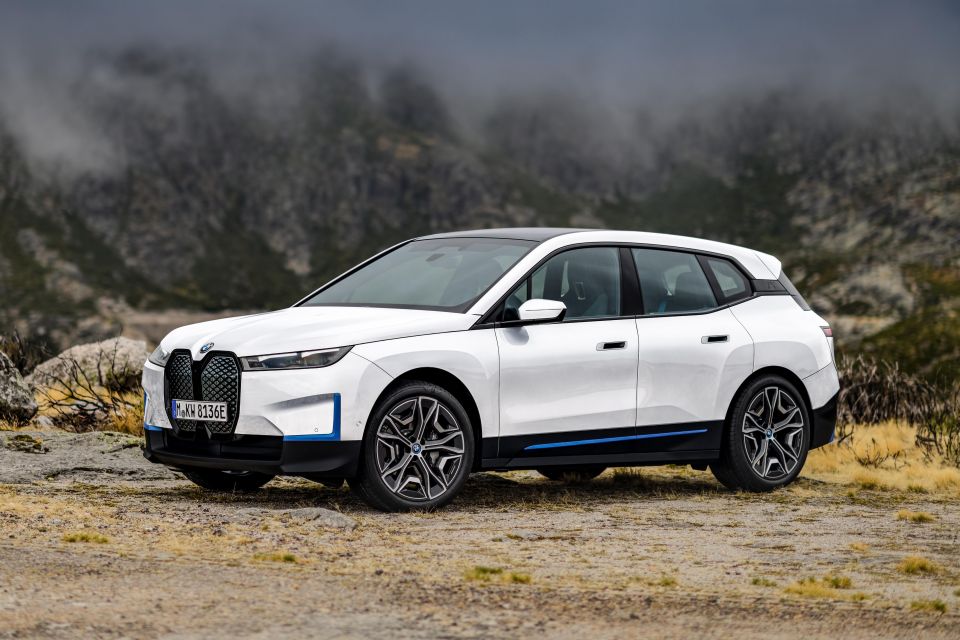
Already in Australia: BMW i3; Mini Electric Confirmed for Australia: BMW i4, iX, iX3 Confirmed for production: BMW iX1, i5, i7; Mini Countryman Electric, collaboration models with GWM
BMW’s story is similar to Renault and Nissan. It was an early advocate for electric vehicles when it launched the quirky and spacious i3 in 2013.
With sales not exactly spectacular, the company’s electric push sputtered to a stop.
Spurred by regulations and its rivals, the Bavarian firm has renewed its commitment to electric cars. It’s busy launching a bevy of new EVs based on existing model ranges, with the iX3 spun off from the X3, and the i4 based on the yet-to-be-revealed second-generation 4 Series Gran Coupe.
There will also be an i7 accompanying on the next-generation 7 Series, an i5 variant of the 5 Series, and an iX1 from the X1 crossover.
Standalone electric models aren’t going away completely there, as the controversially-styled iX is due to go on sale globally from late 2021.
These models, and possibly more electric derivatives, will keep BMW in the game until the Bavarian firm’s new dedicated EV architecture — dubbed ‘Neue Klass’ in honour of the model that saved the company’s bacon in the 1960s — is ready in 2025.
BMW, through its partnership with Toyota, will also continue to develop hydrogen fuel cell technology. A fuel-cell version of the X5 will go into limited production in 2022.
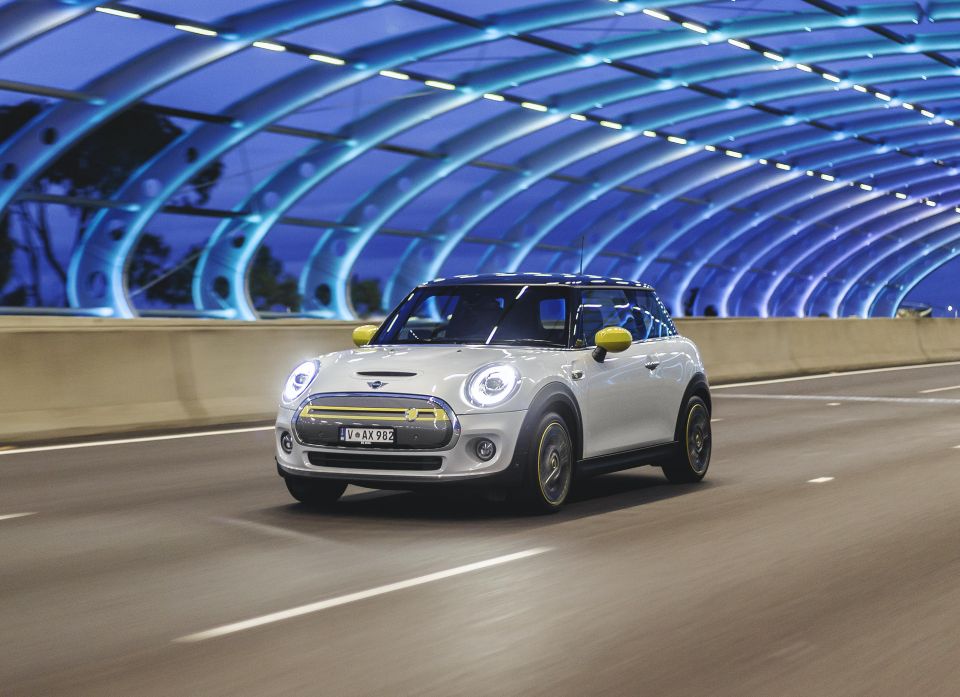

While BMW doesn’t have a plan to go all-electric yet, Mini will sell only EVs by “the early 2030s”.
The small car specialist launched the Mini Electric three-door hatch last year.
So far there’s only EV in the small car specialist’s range, the Mini Electric three-door hatch. This will be joined in 2023 by an electric version of the next Countryman crossover.
Mini is also working with GWM to develop a range of EVs for the China market, with the first model expected to be a smaller-than-Countryman crossover.


Shifting to the other end of the price spectrum, Rolls-Royce will jump straight from internal combustion engines to EVs.
Its first electric model is due “within this decade” according to CEO Torsten Müller-Ötvös, and will be based on the same aluminium spaceframe as the existing Phantom, Ghost and Cullinan models.
V12 engines will continue in production until 2030 at least.
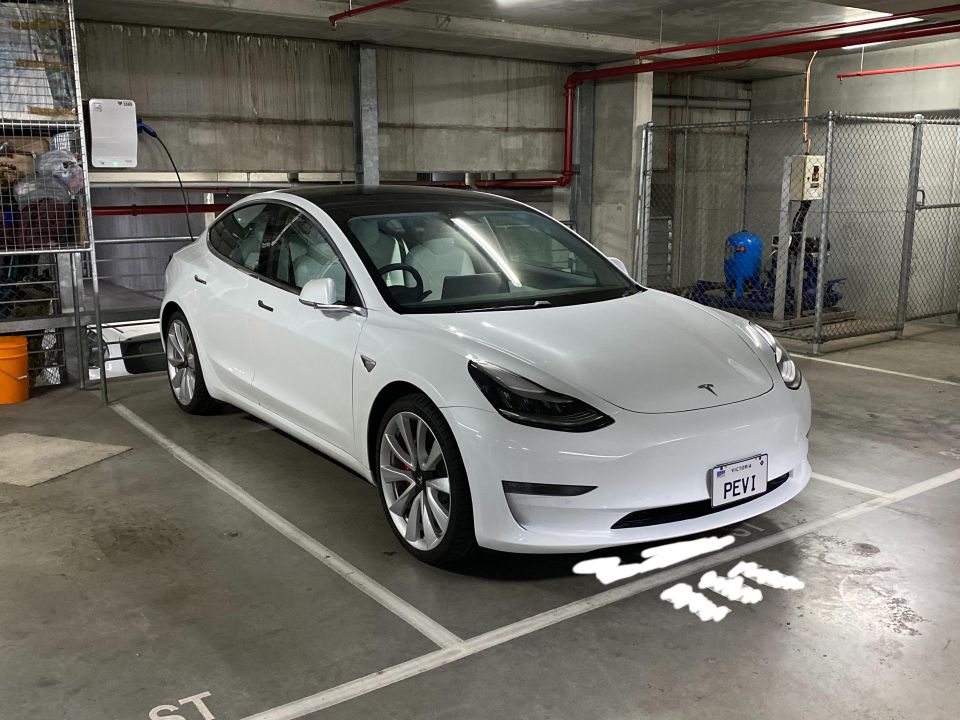
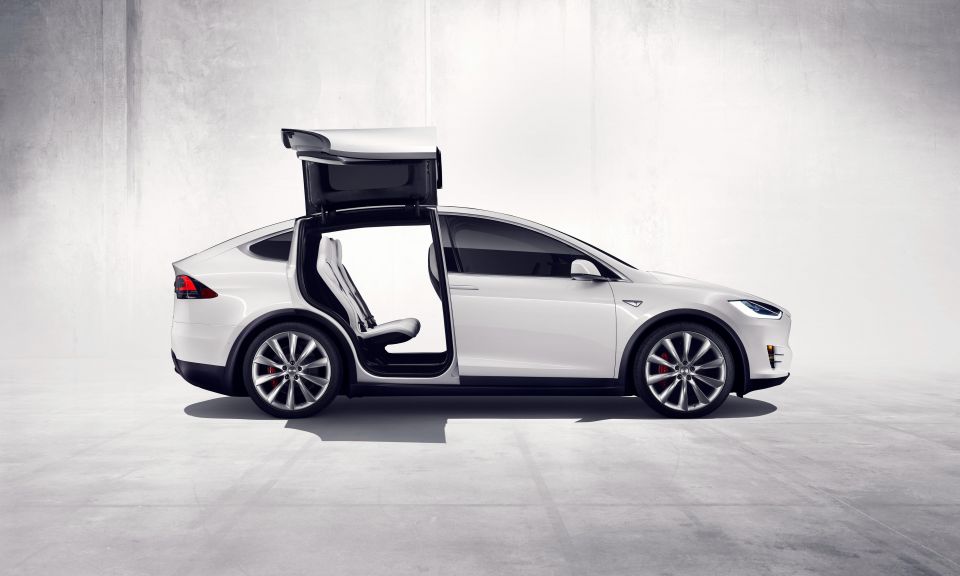
Already in Australia: Tesla Model S, X, 3 Confirmed for Australia: Tesla Model Y Confirmed for production: Tesla Roadster, Semi, Cybertruck
Whatever one might think of CEO Elon Musk’s antics, there’s no denying Tesla has proven there’s a market for fast and technologically advanced electric vehicles.
The Model S, which was launched in 2012, recently received a facelift and an interior redesign, but it doesn’t seem like a second-generation model is in the works.
Instead the company is pressing on with expanding into new territory with the avant-garde Cybertruck, a new Roadster with a 0-100km/h time of around 2.0 seconds, and the Semi truck.
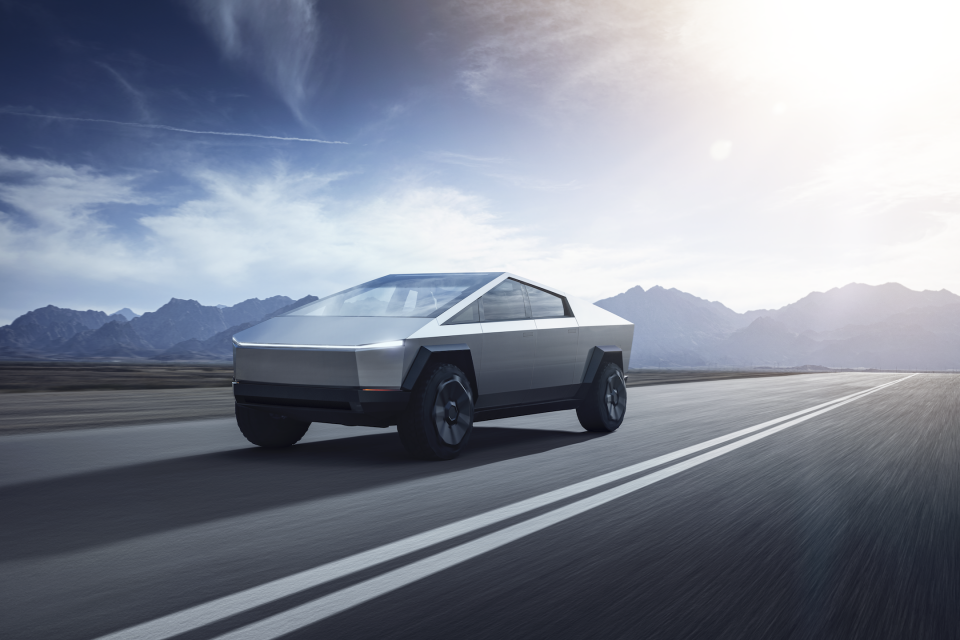
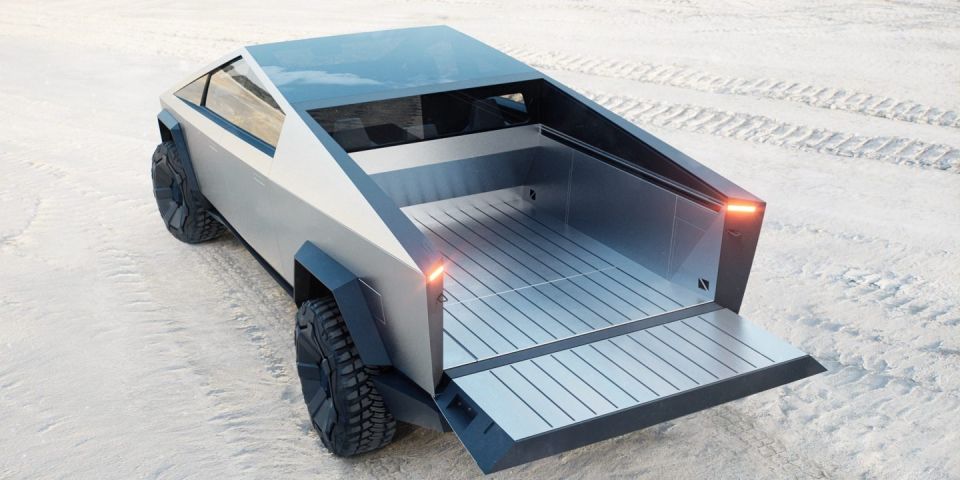
It’s unclear if the Cybertruck is still on track to enter production from late 2021, but the Roadster has been pushed back until 2022.
In addition to these new models, Tesla is also working on improving battery technology and simplifying production.
The 4680 cell unveiled last year has a tabless cylindrical cell design, which Tesla claims can store five times the energy and six times the power of its current cell. Volume production of the 4680 probably begin until 2022 or 2023.
Derek Fung would love to tell you about his multiple degrees, but he's too busy writing up some news right now. In his spare time Derek loves chasing automotive rabbits down the hole. Based in New York, New York, Derek loves to travel and is very much a window not an aisle person.


Anthony Crawford
6 Days Ago


Matt Campbell
5 Days Ago


James Wong
4 Days Ago


Max Davies
2 Days Ago


Josh Nevett
1 Day Ago


Josh Nevett
21 Hours Ago